
Adrian Heath (1920-1992)
August 1960 No. 1, Inv. DE14

August 1960 No. 1, Inv. DE14
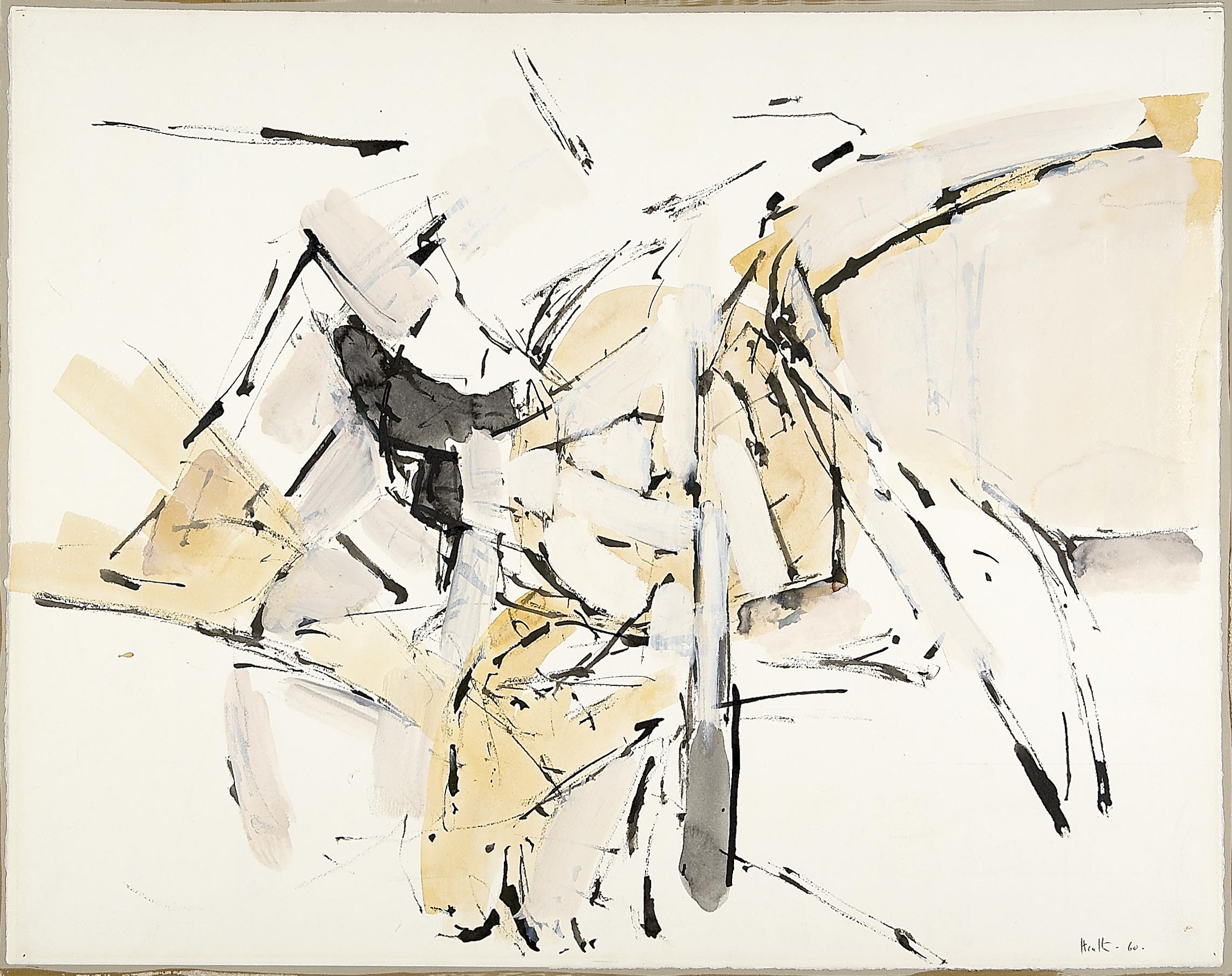
August 1960 No. 2, Inv. DE15
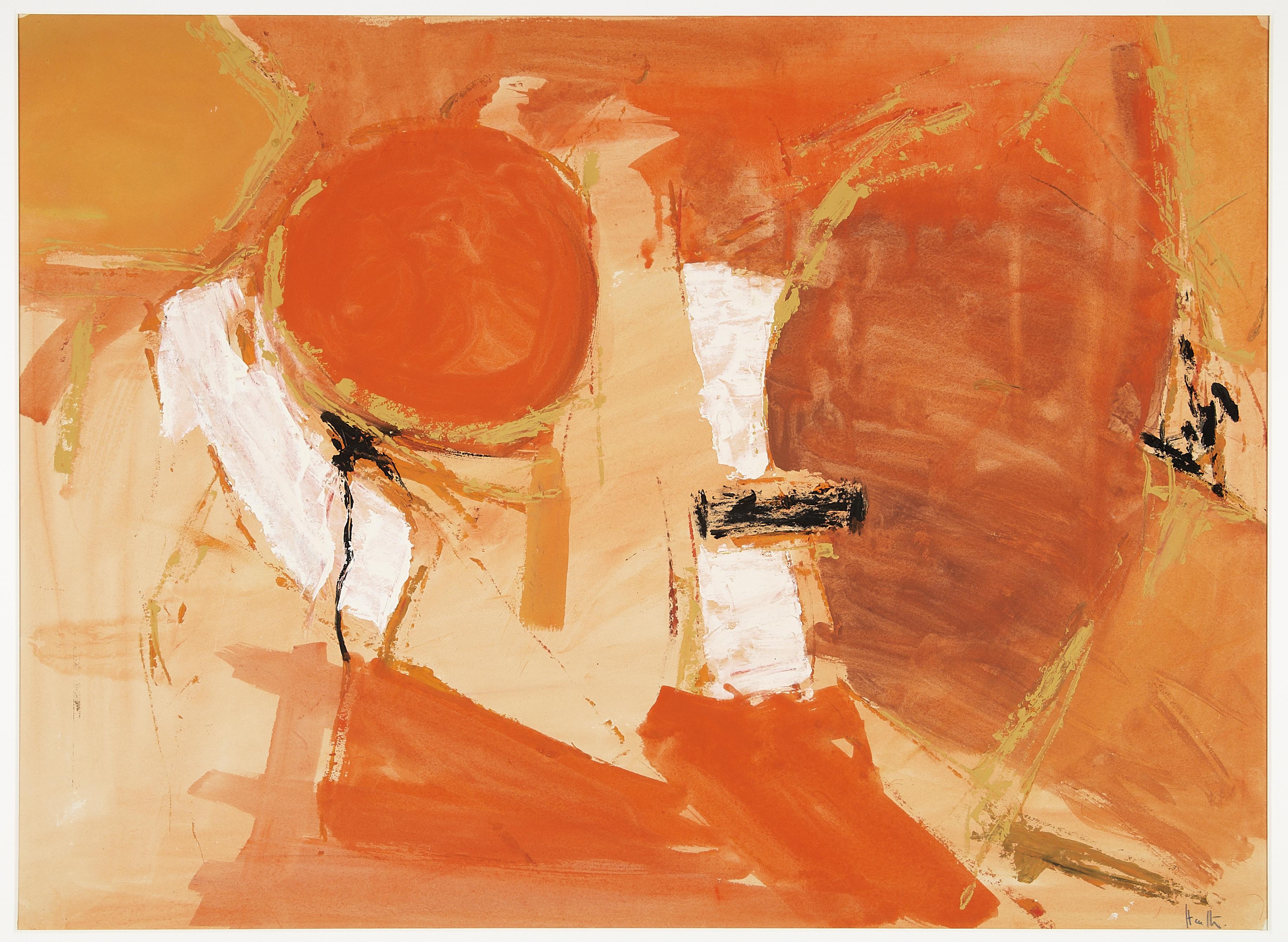
Composition in Orange August 1960, Inv. DE13
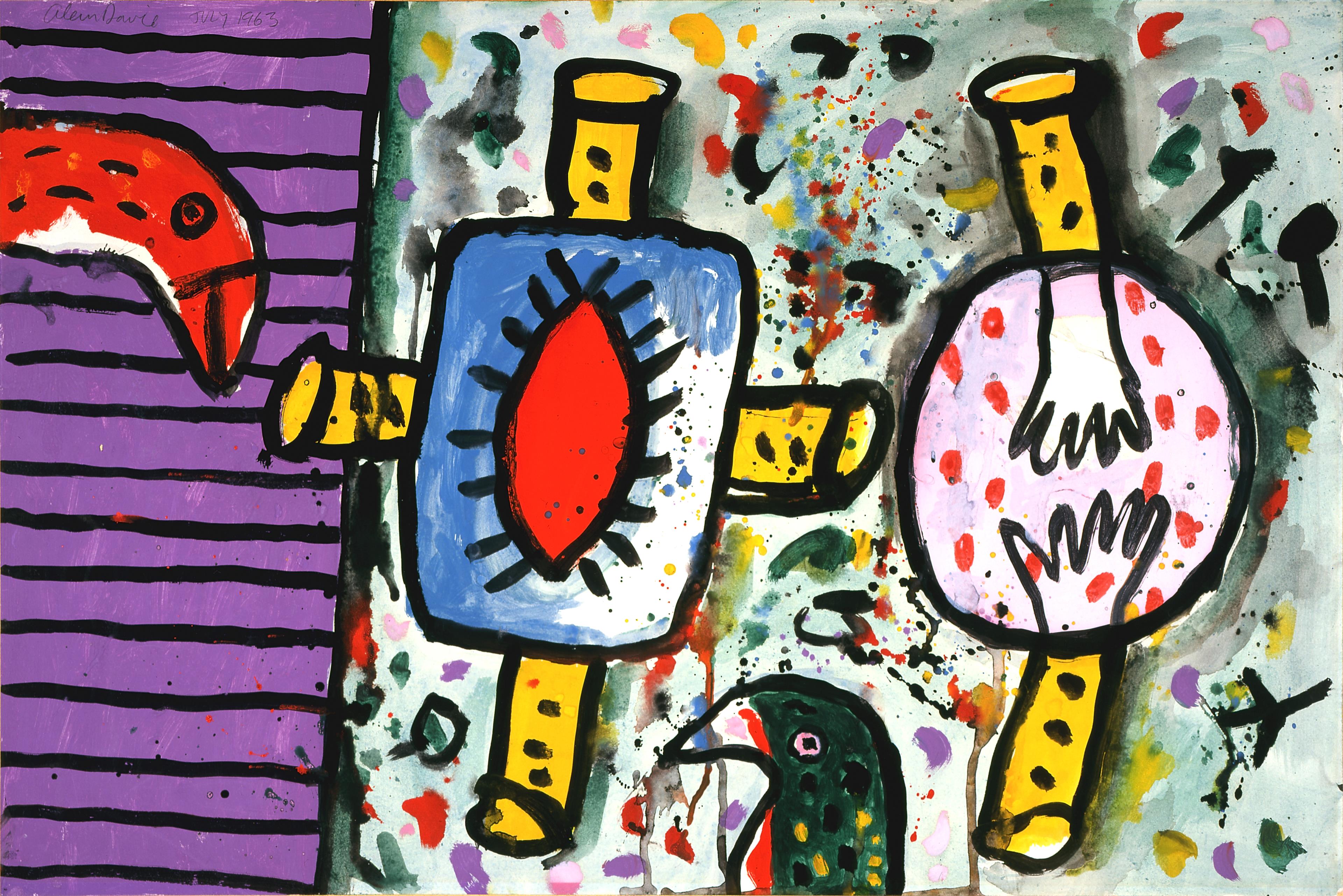
Bird Noises No. 3, Inv. DE3
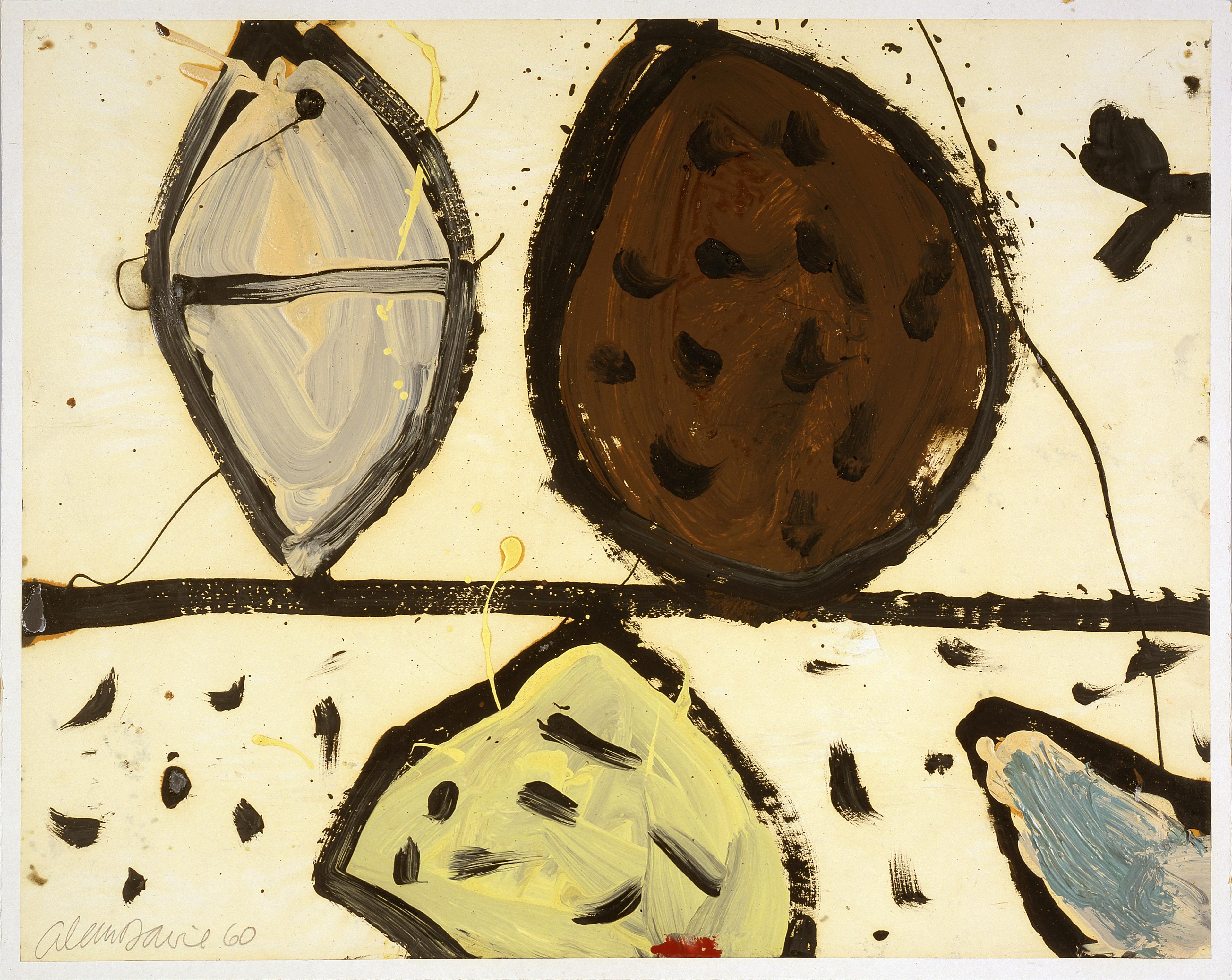
Fruit Shelf, Inv. DE2
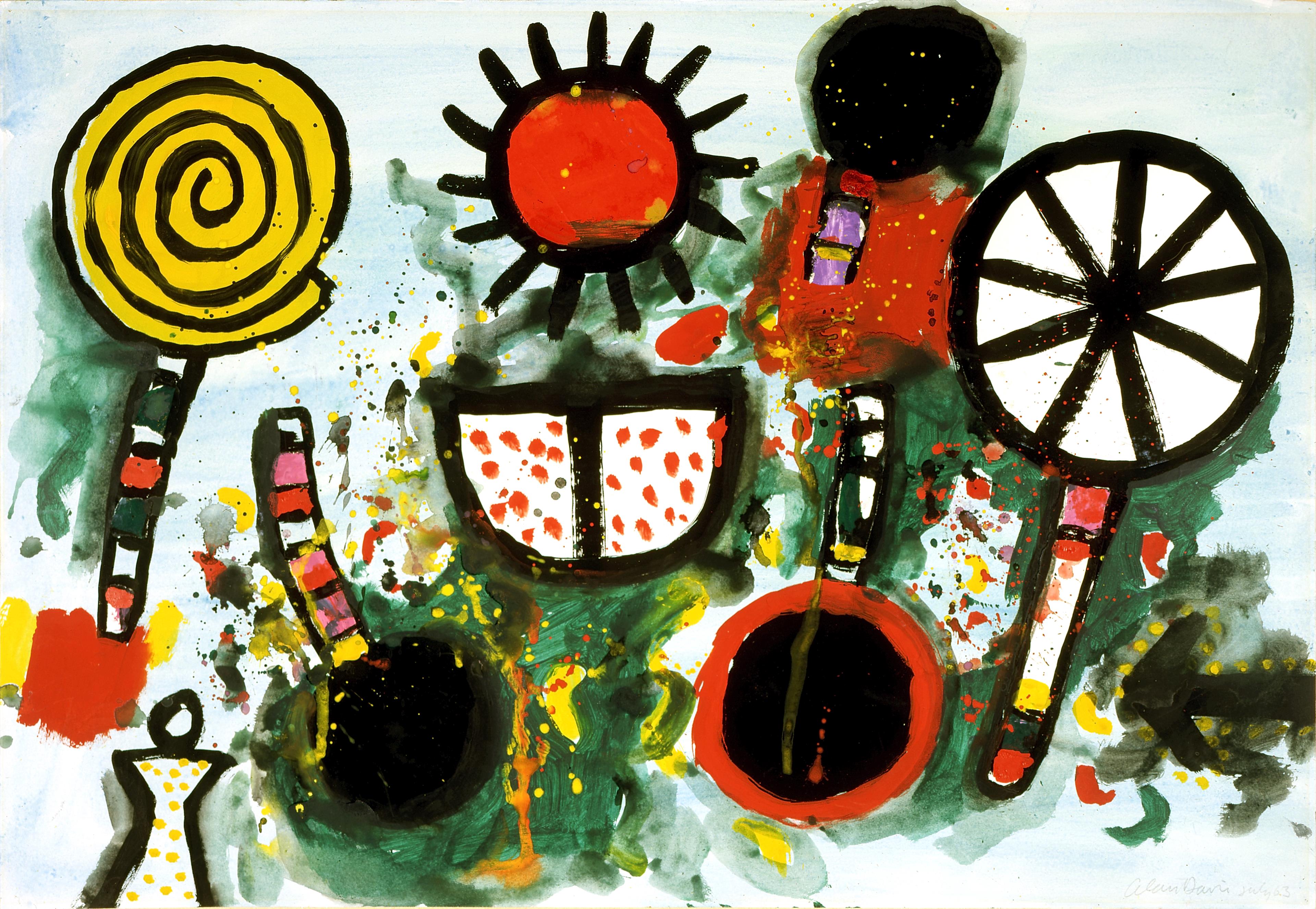
Rattles for Sunset, Inv. DE4
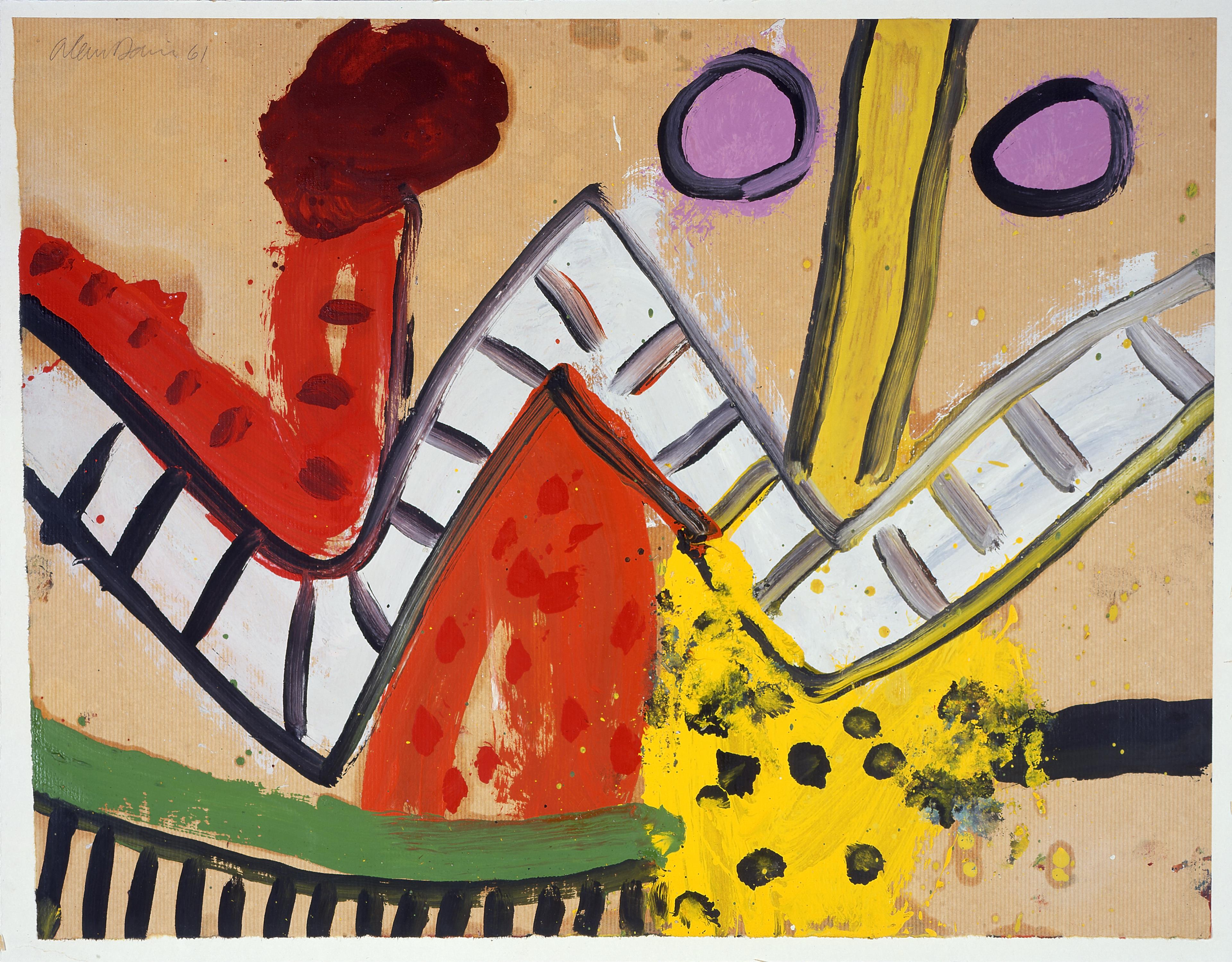
Wa, Wa July, Inv. DE140
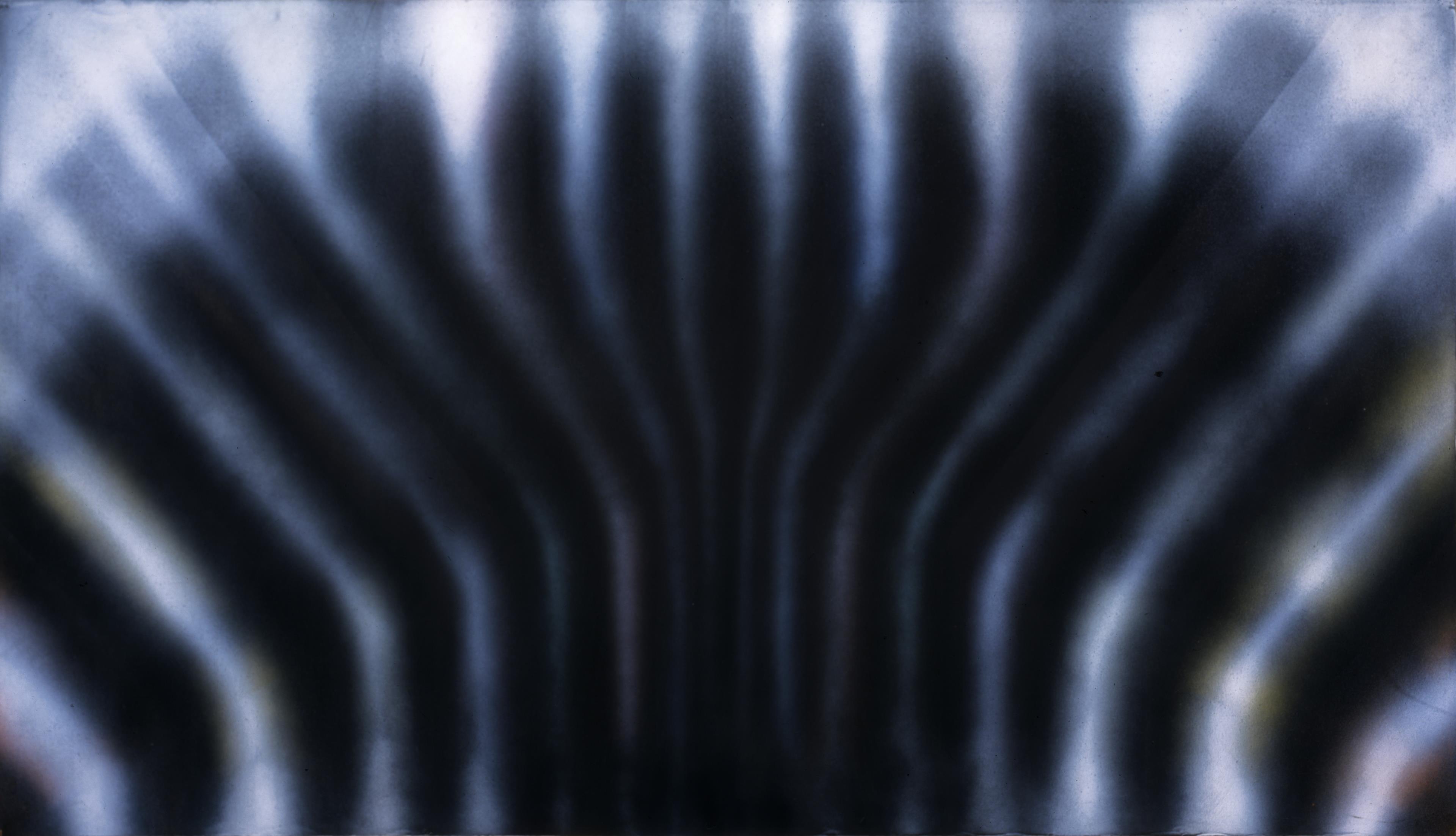
Continuum, Inv. DE45
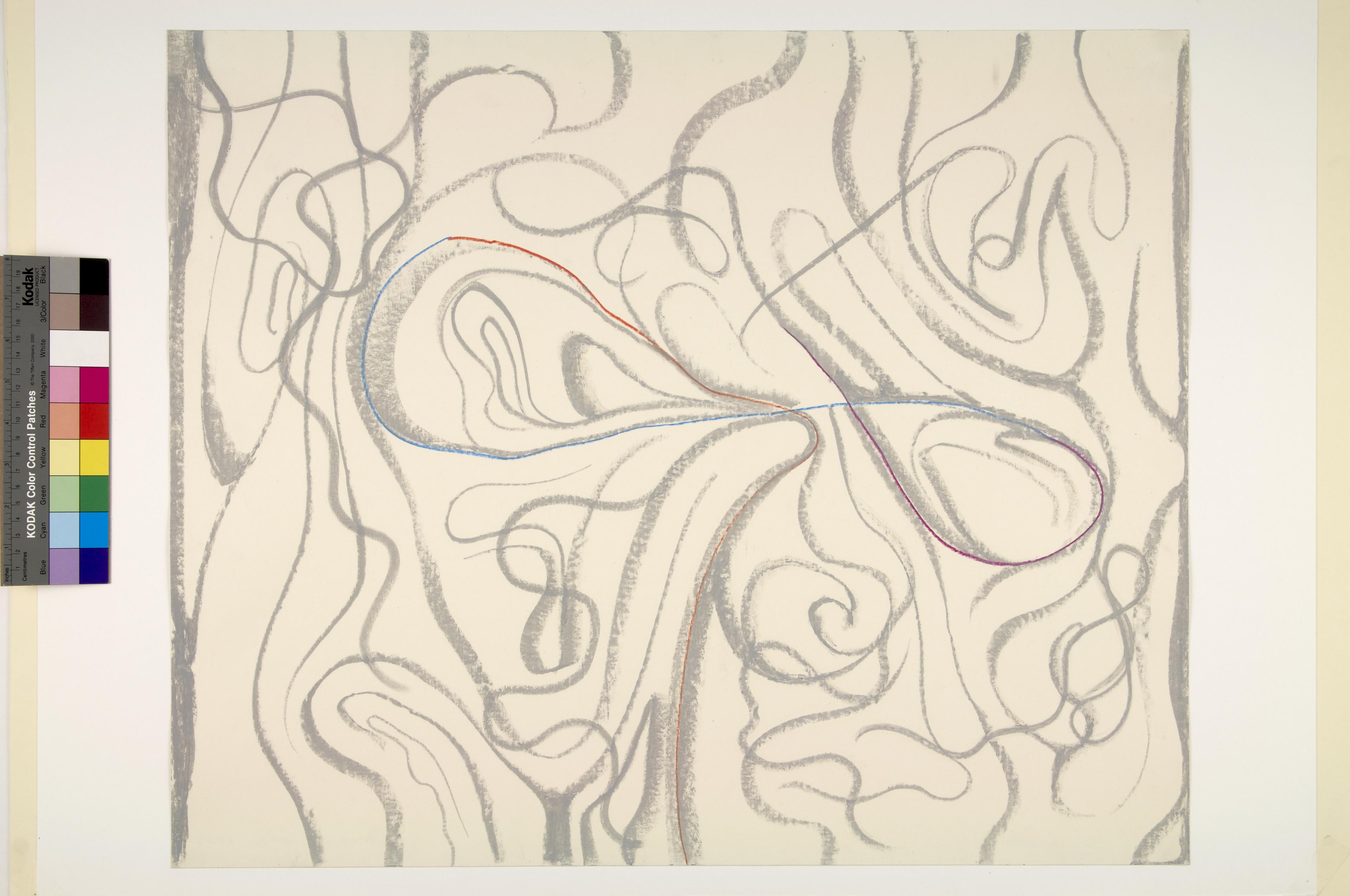
Drawing Imperial I, Inv. DE11
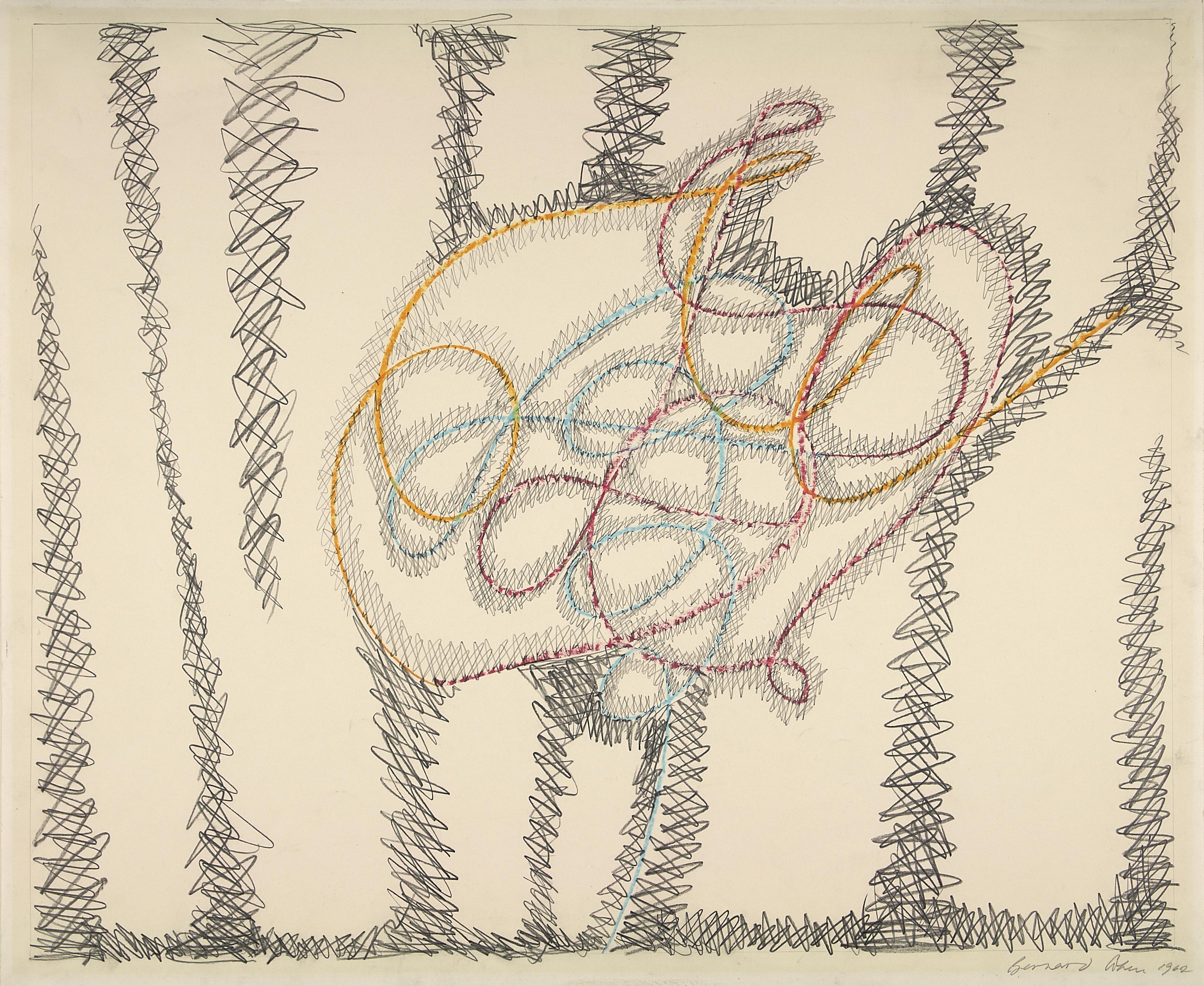
Drawing Imperial II, Inv. DE12

Drawing for Wedge 3, Inv. DE42
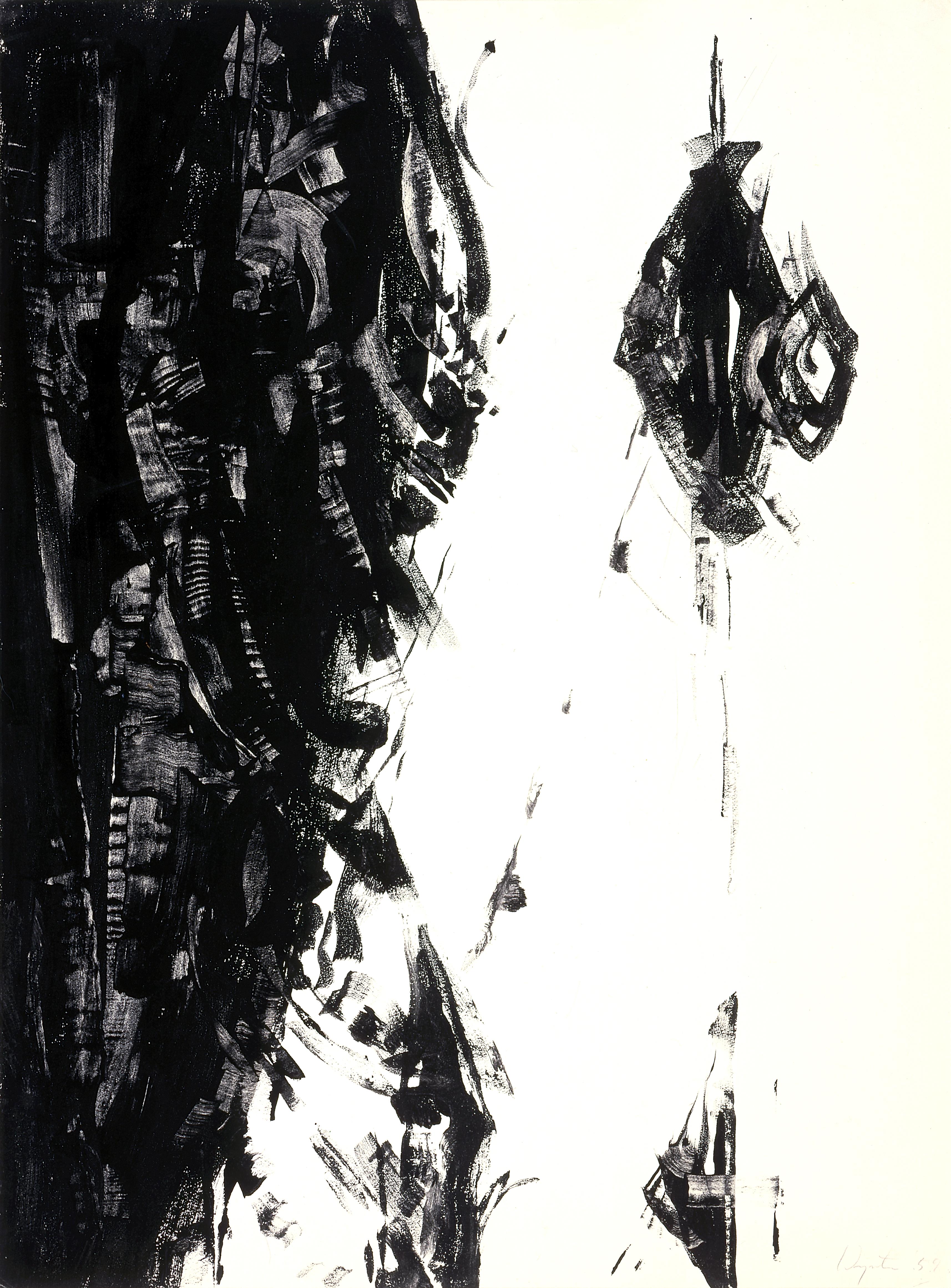
Off Shore, Inv. DE40

Swarm, Inv. DE39

s/título, c. 1962 / Inv. DE5
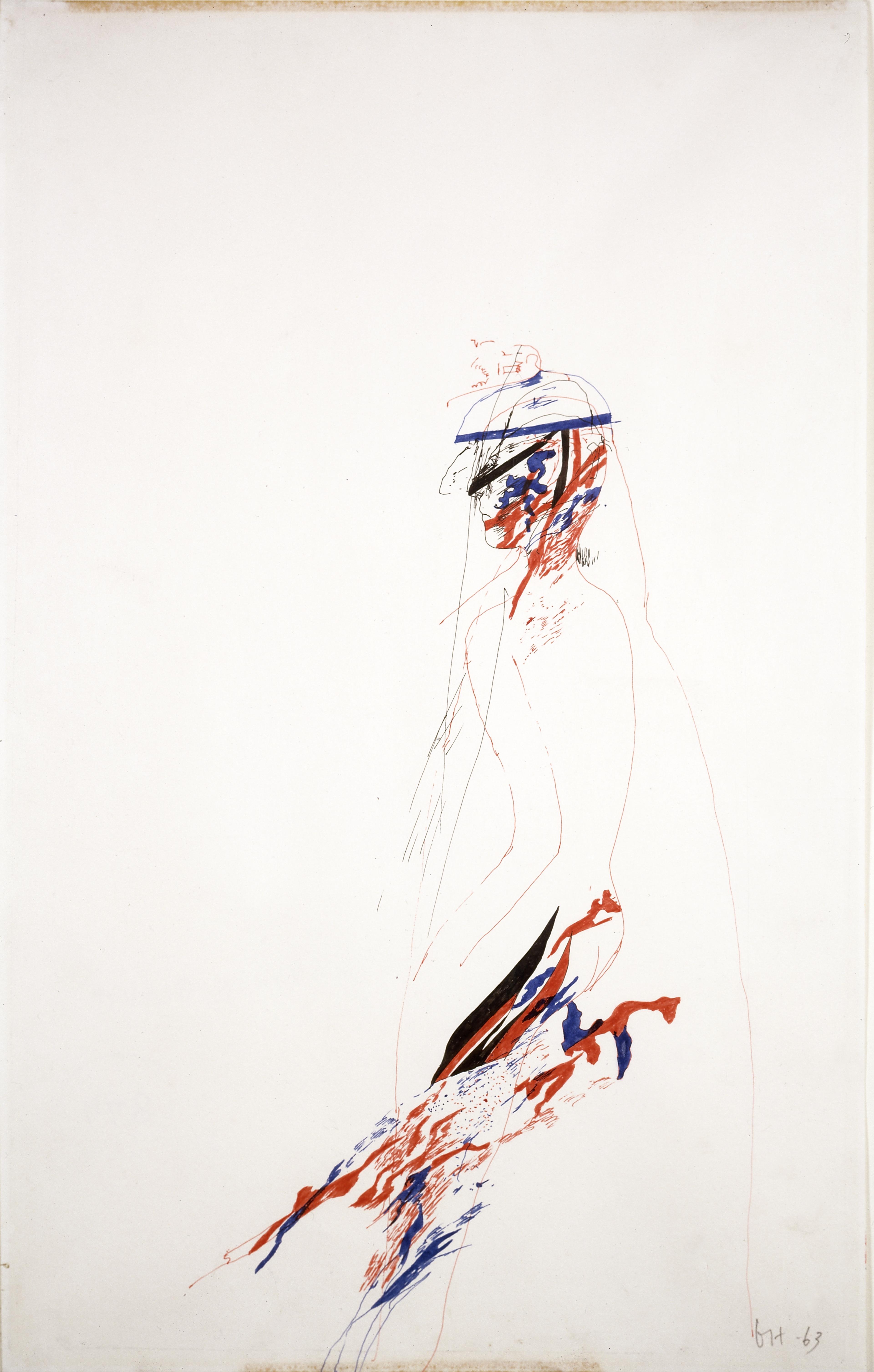
Figure in Helmet and Cloak, Inv. DE21
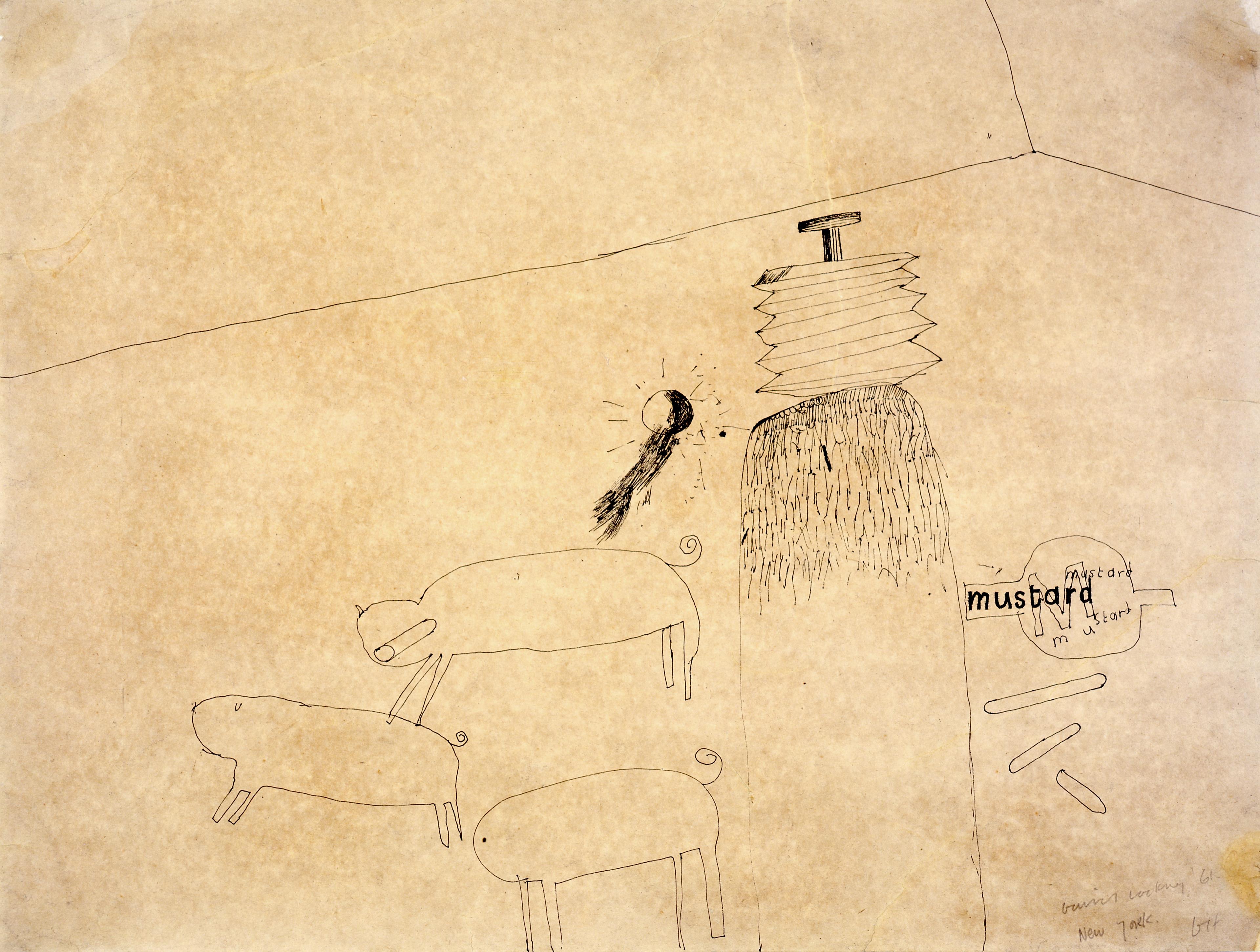
Pigs escaping from a hot dog machine, Inv. DE22
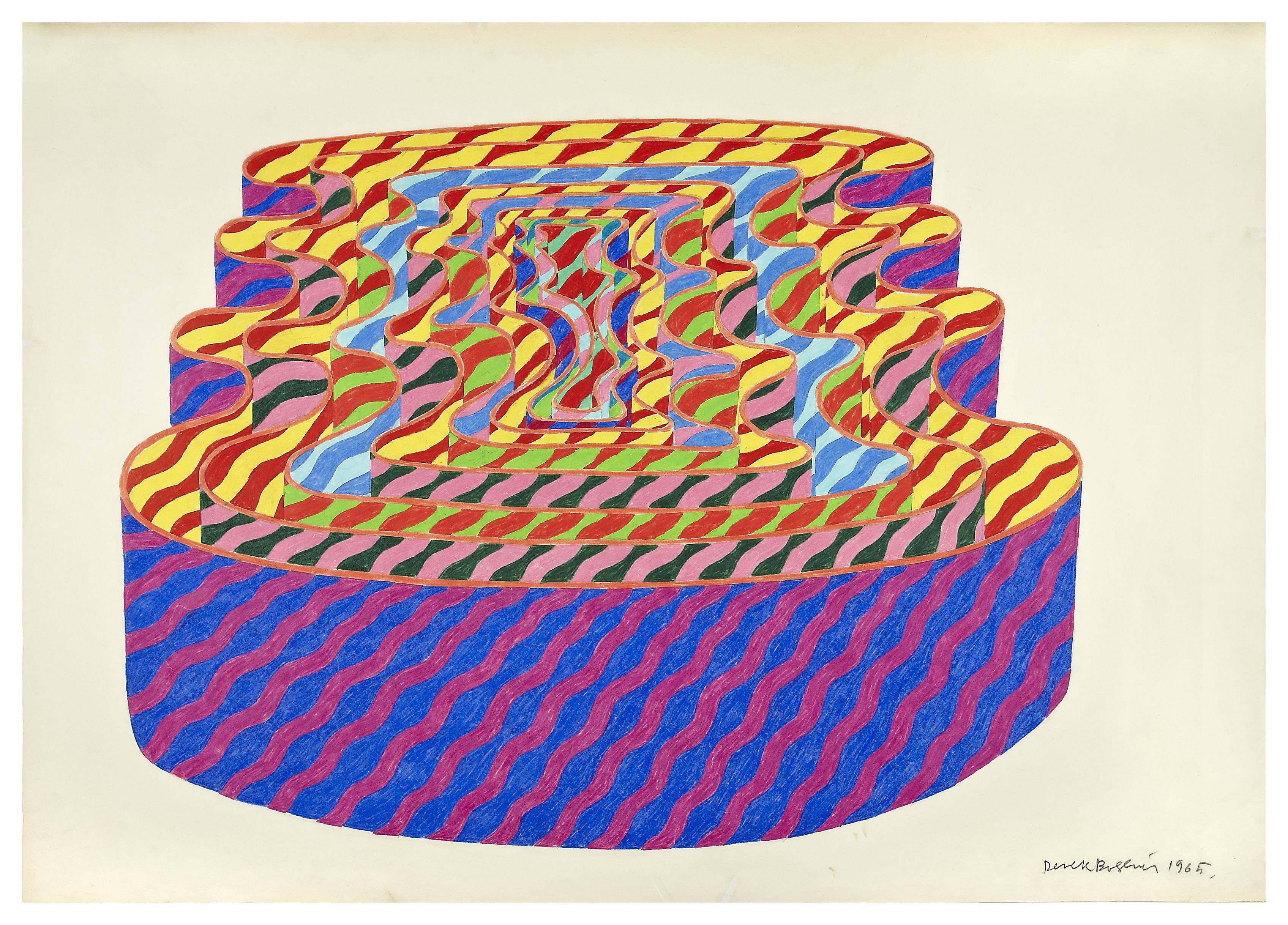
s/título, Inv. DE46
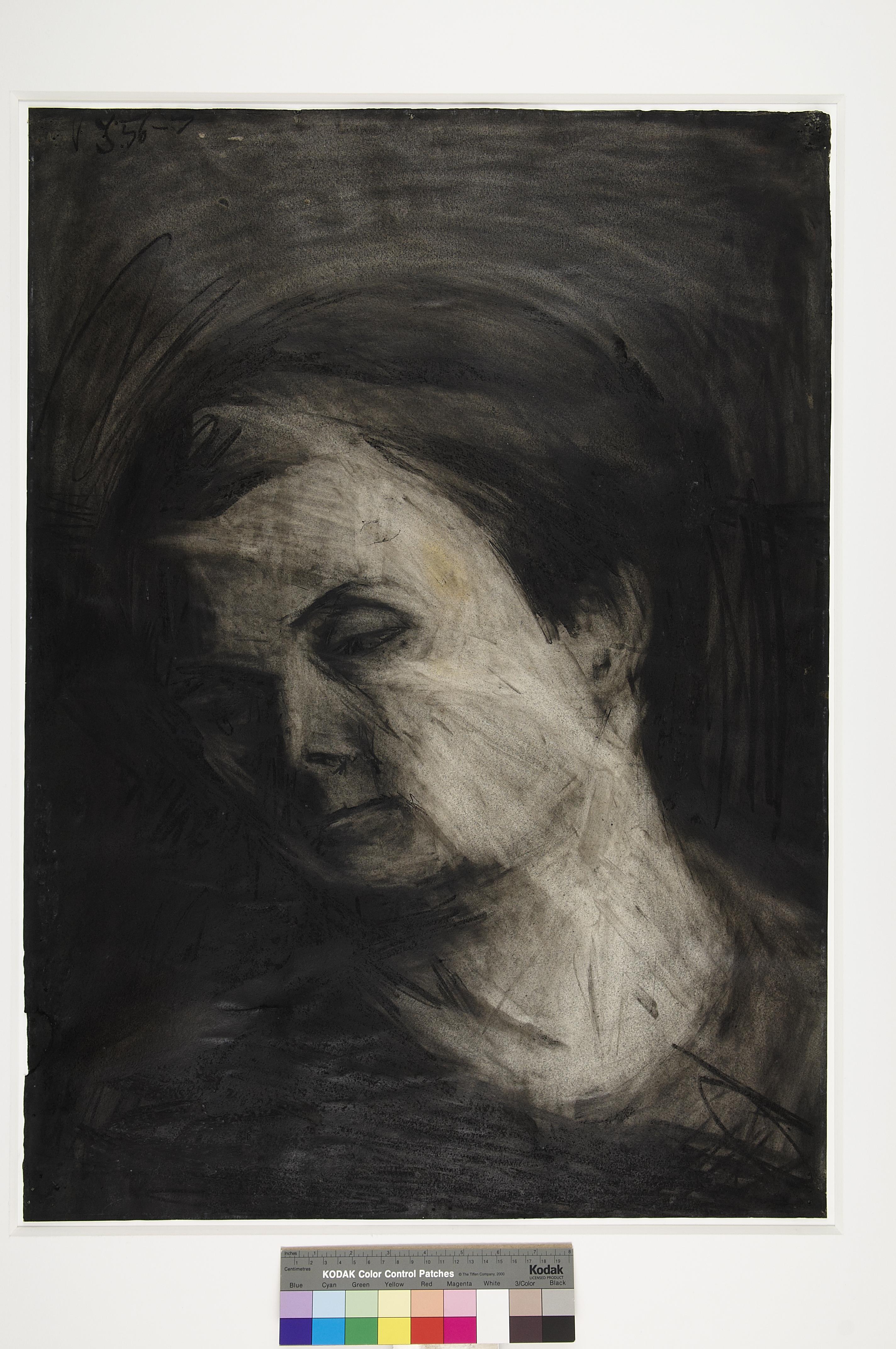
Head of E.O.W., 1956-1957 / Inv. DE1
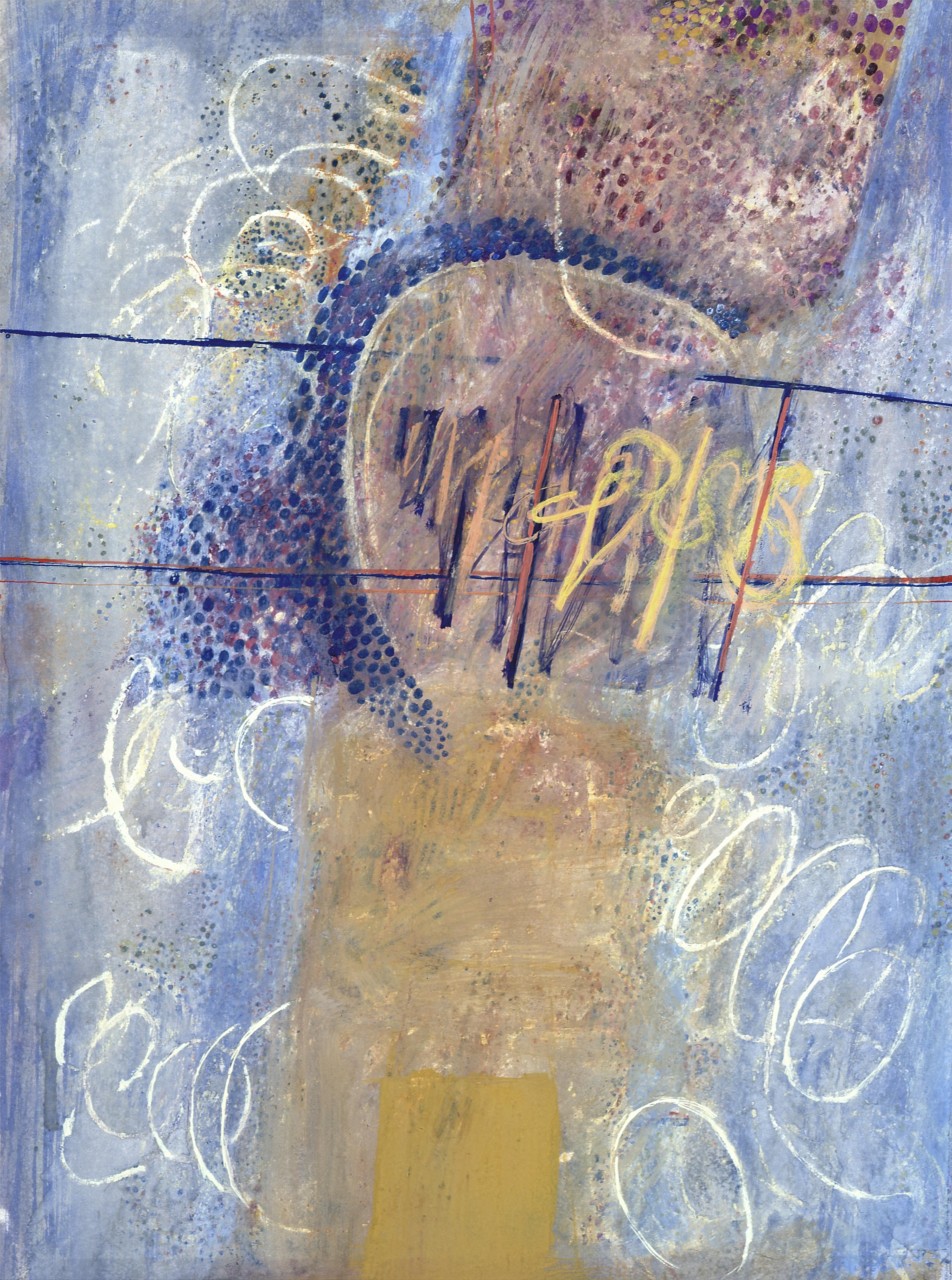
B1, 1962 / Inv. DE32
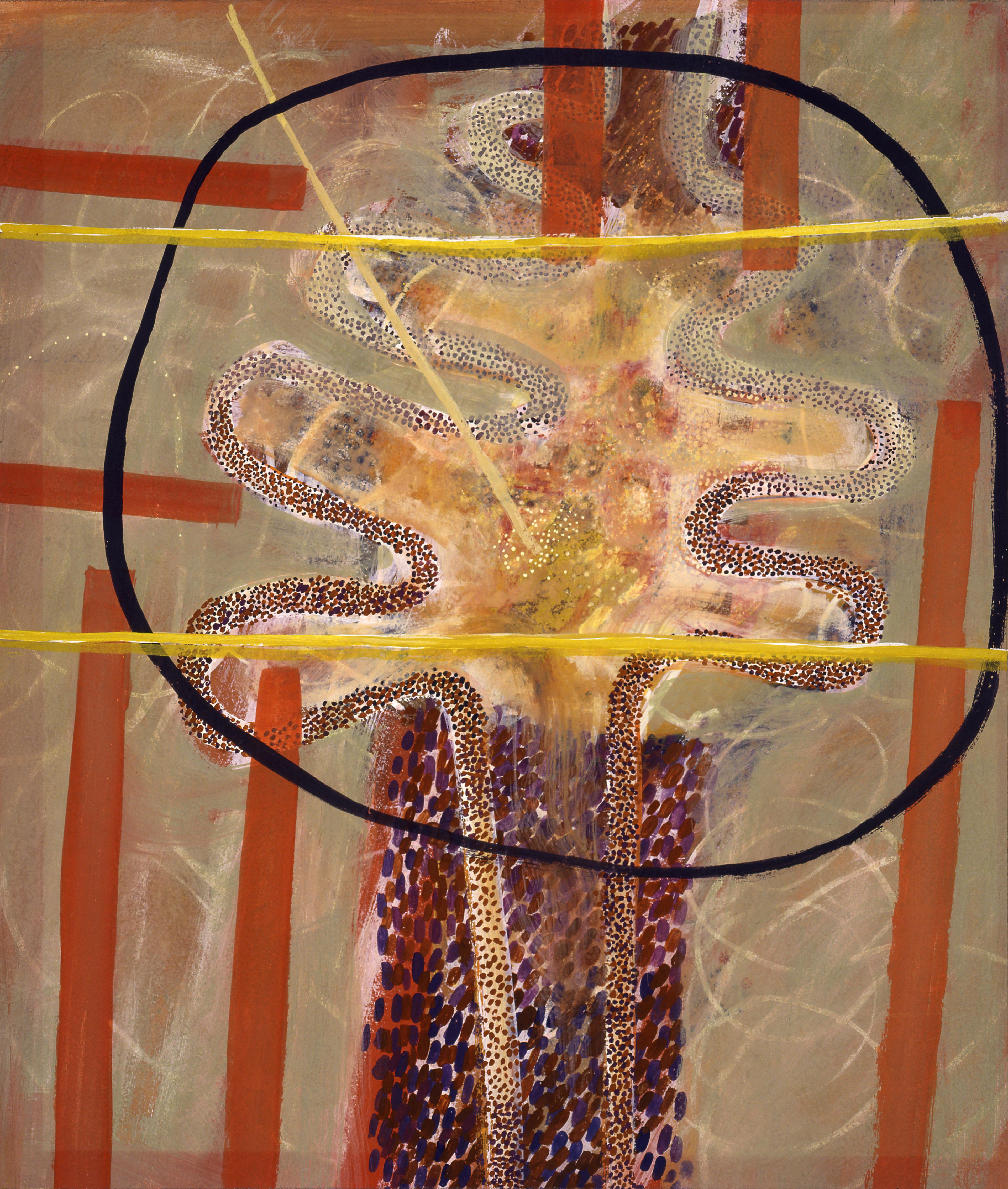
B2, 1962 / Inv. DE33
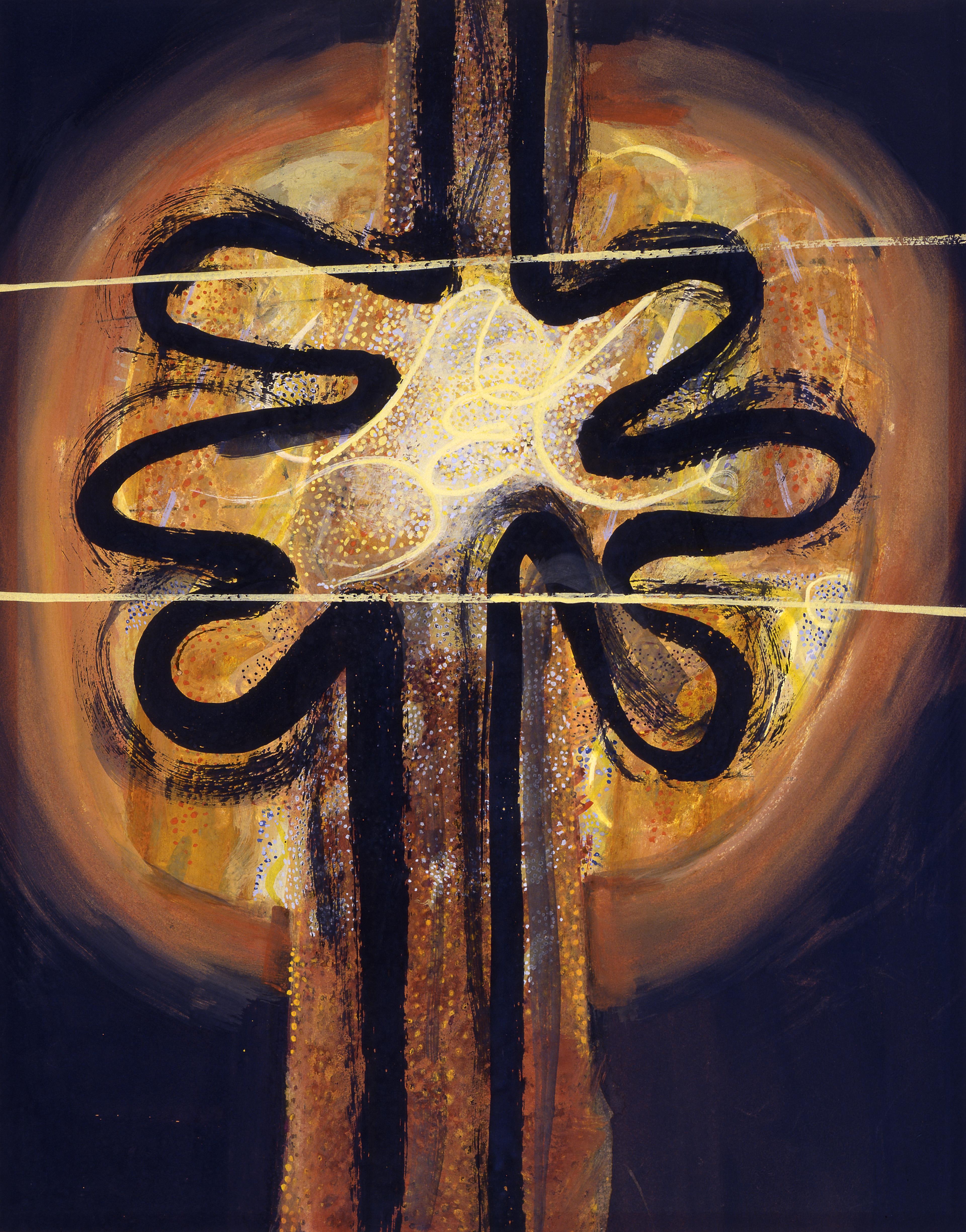
B3, 1962 / Inv. DE34
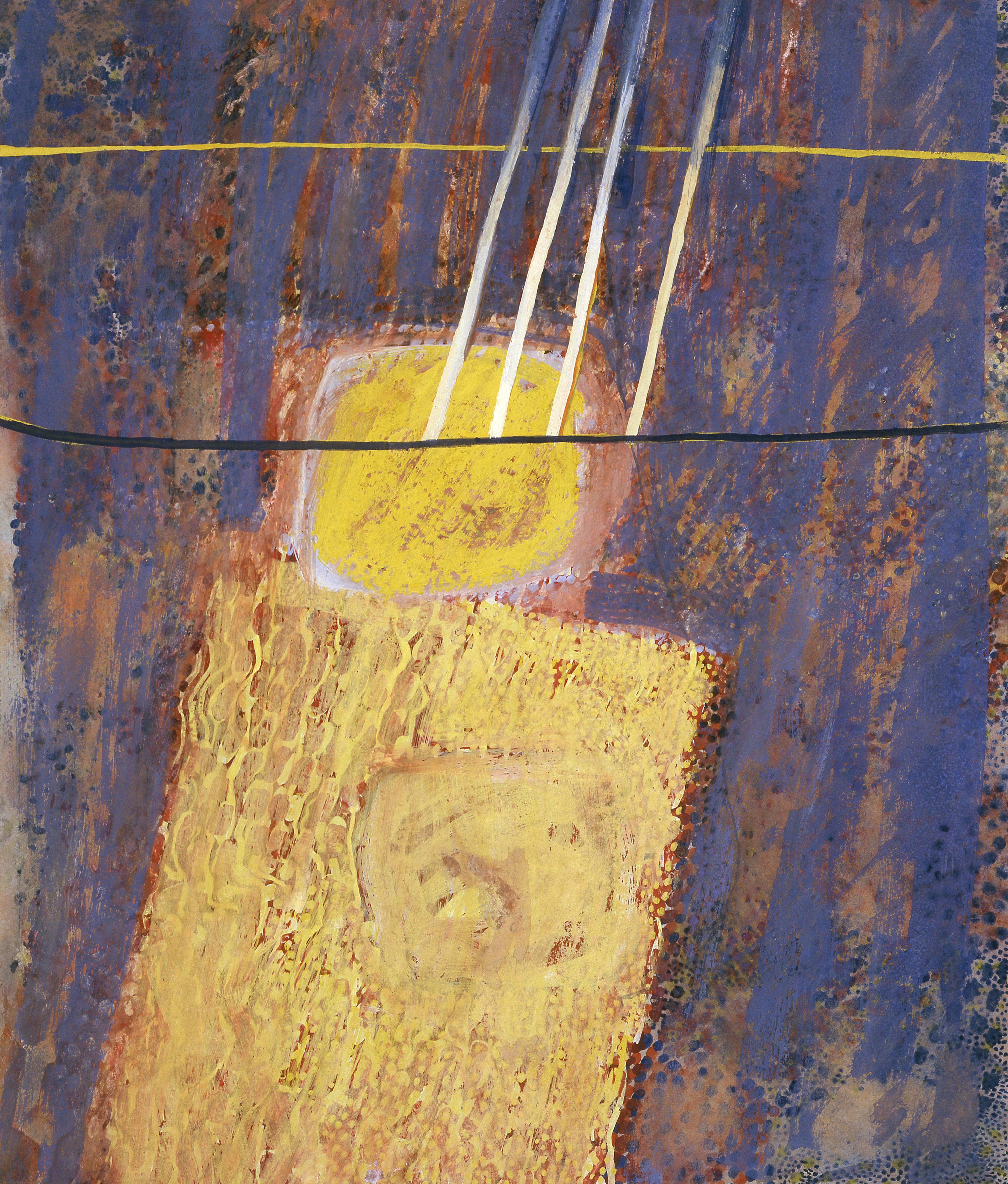
B4, 1962 / Inv. DE35

Four drawings on a theme (estudo), 1961 / Inv. DE30
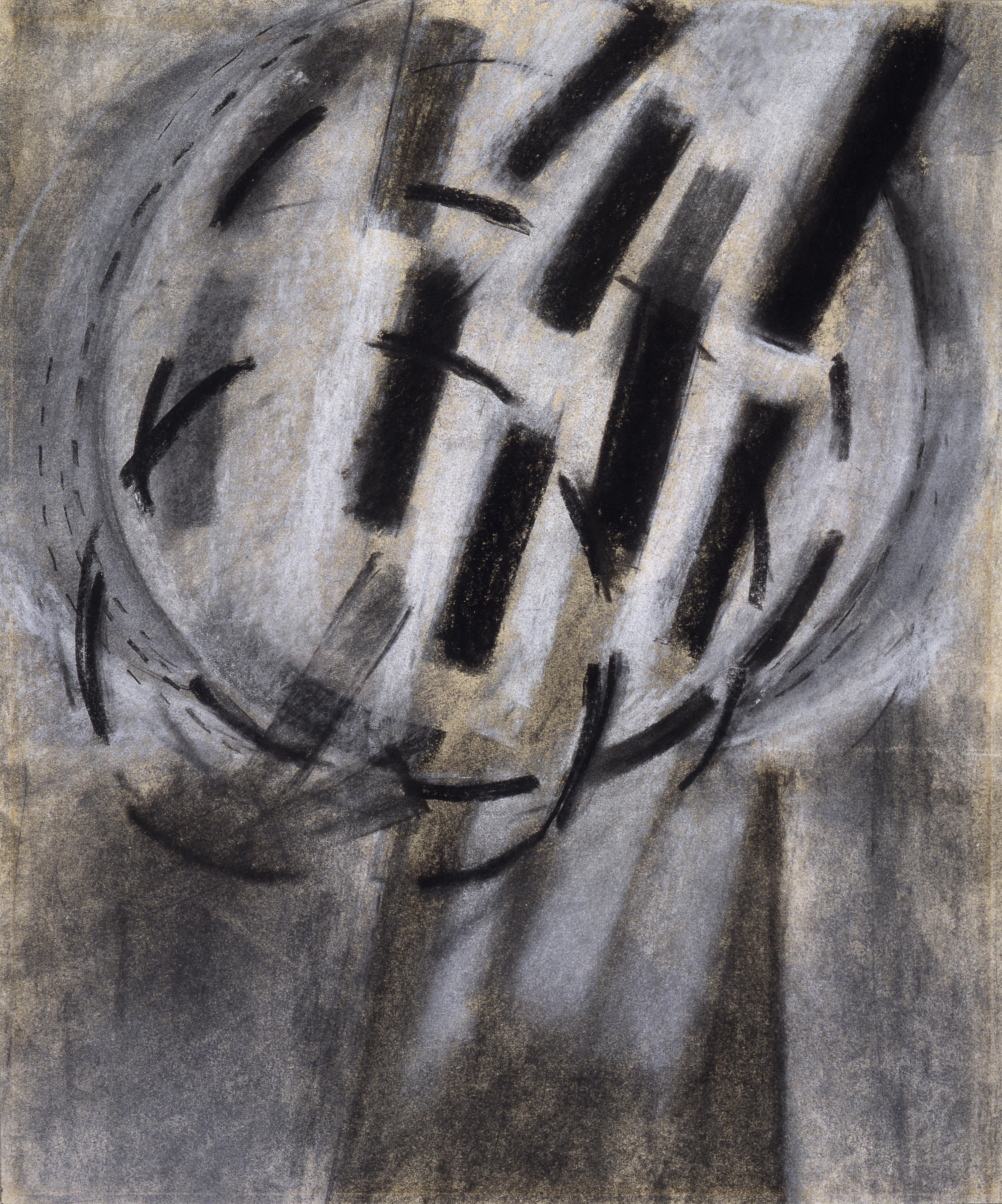
Movements in Space, 1962 / Inv. DE31
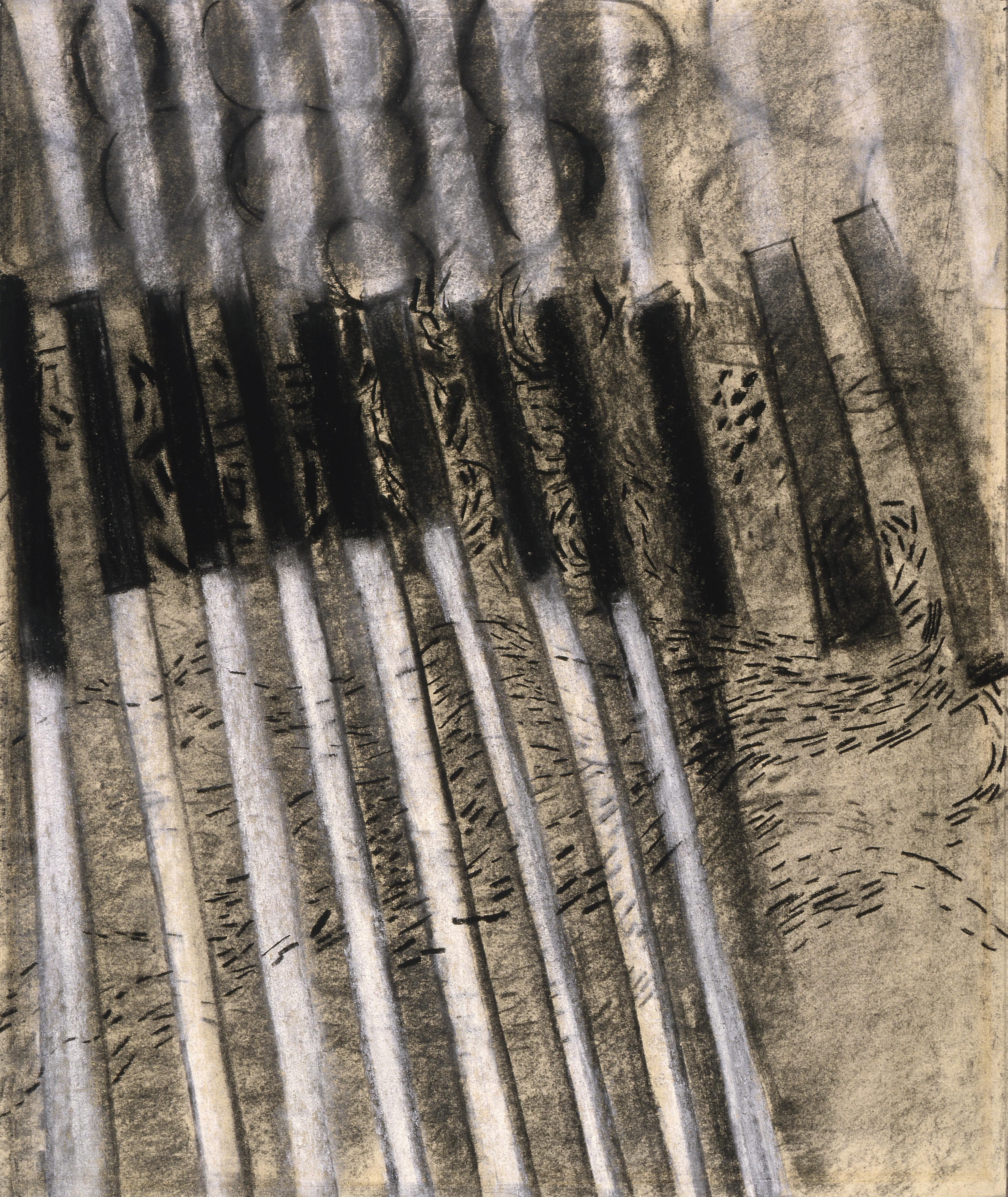
sem título, 1962 / Inv. DE36
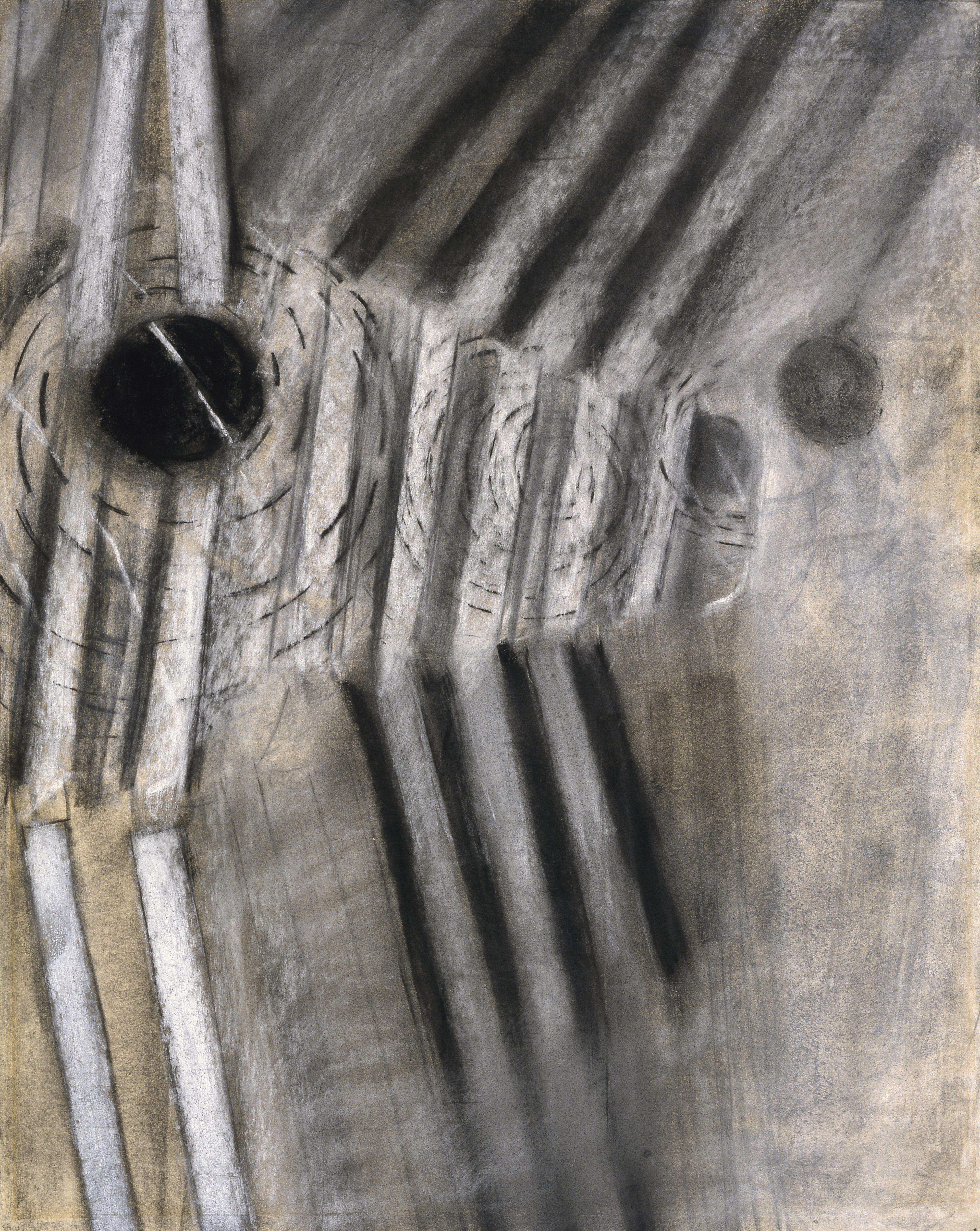
sem título, 1962 / Inv. DE37

sem título, 1962 / Inv. DE38
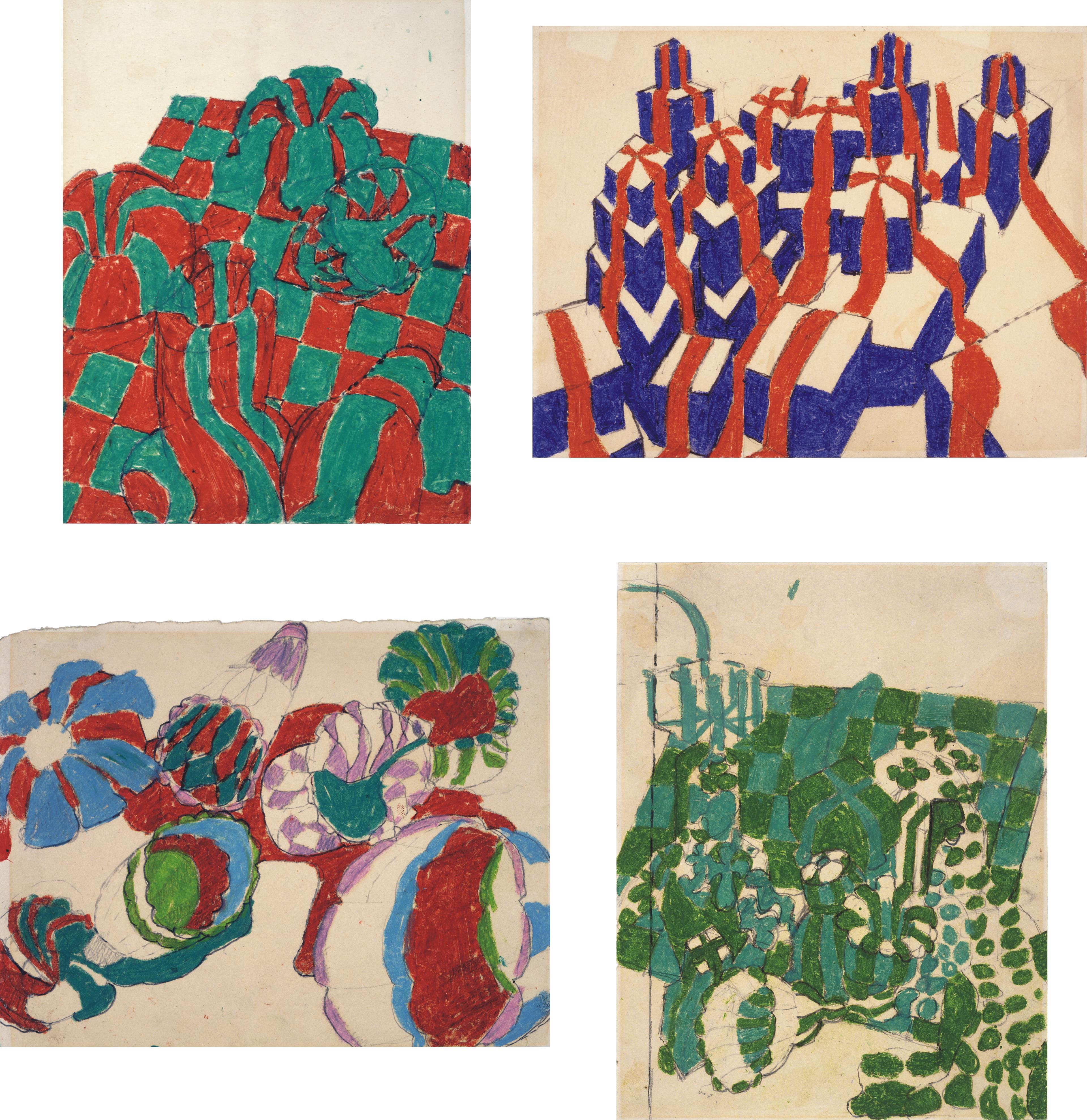
untitled, Inv. DE6
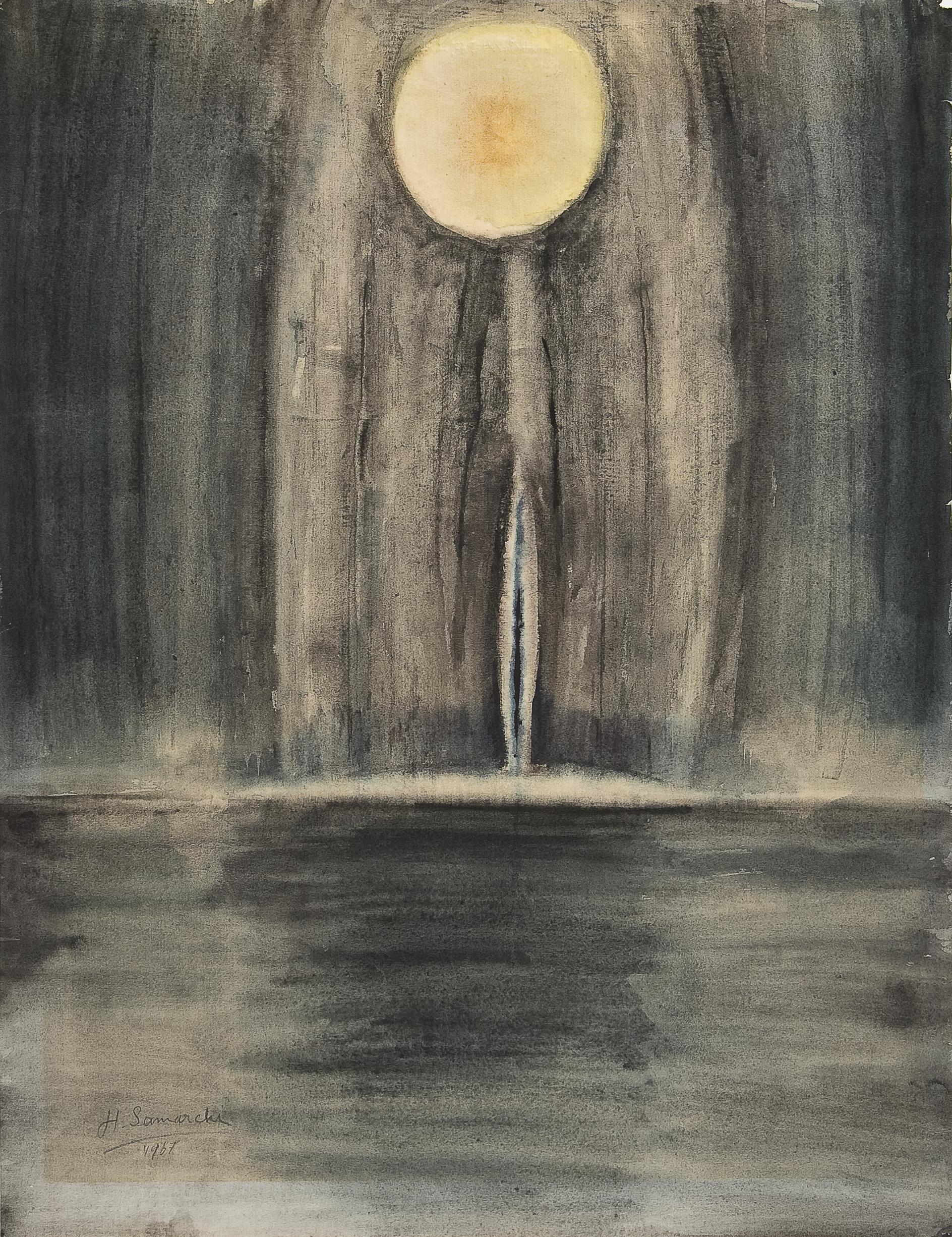
Sunrise, 1967 / Inv. DE7
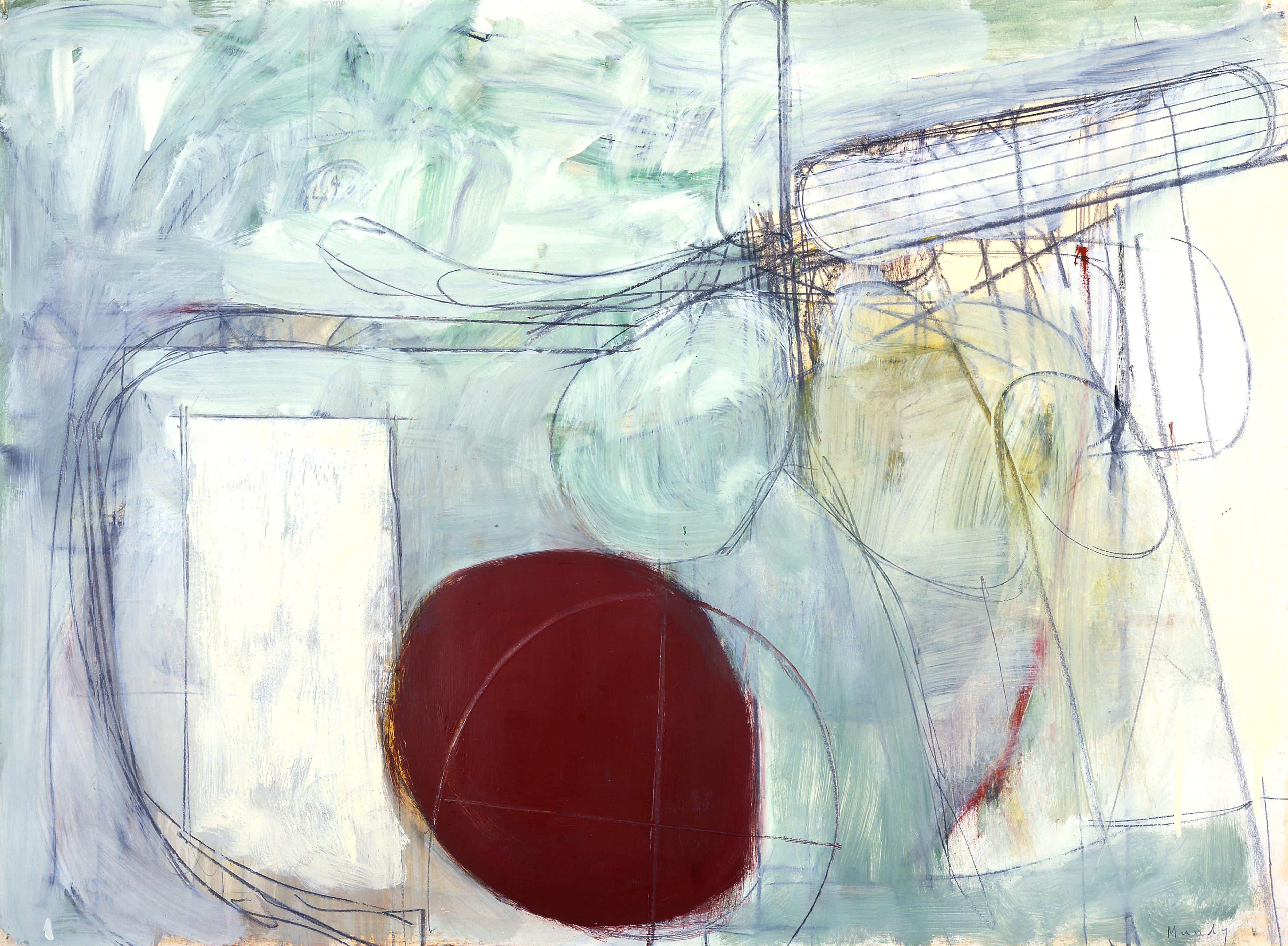
India Red Disk, 1962 / Inv. DE19
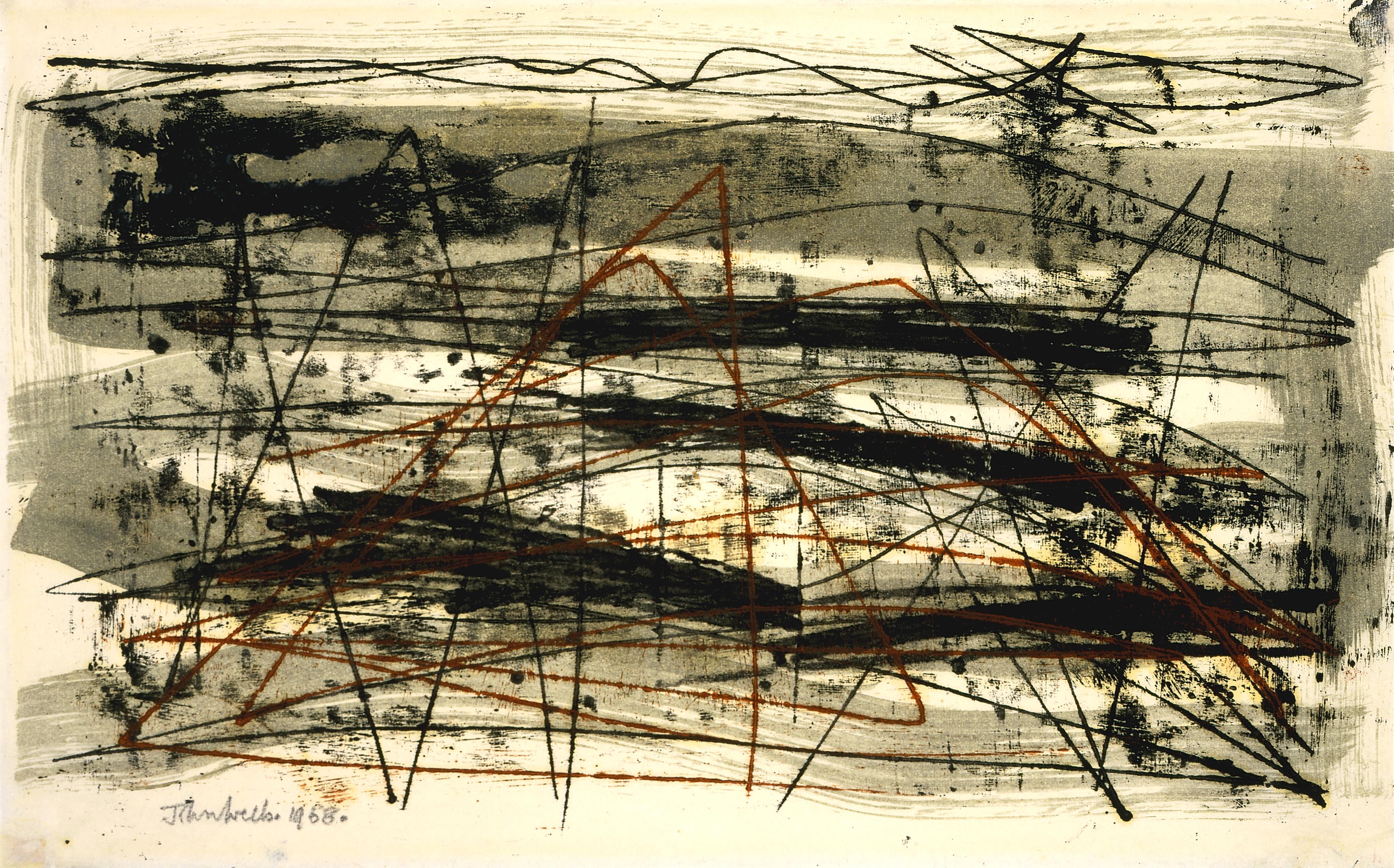
Composition, Inv. DE41

Variation on a Theme, 1960 / Inv. DE43
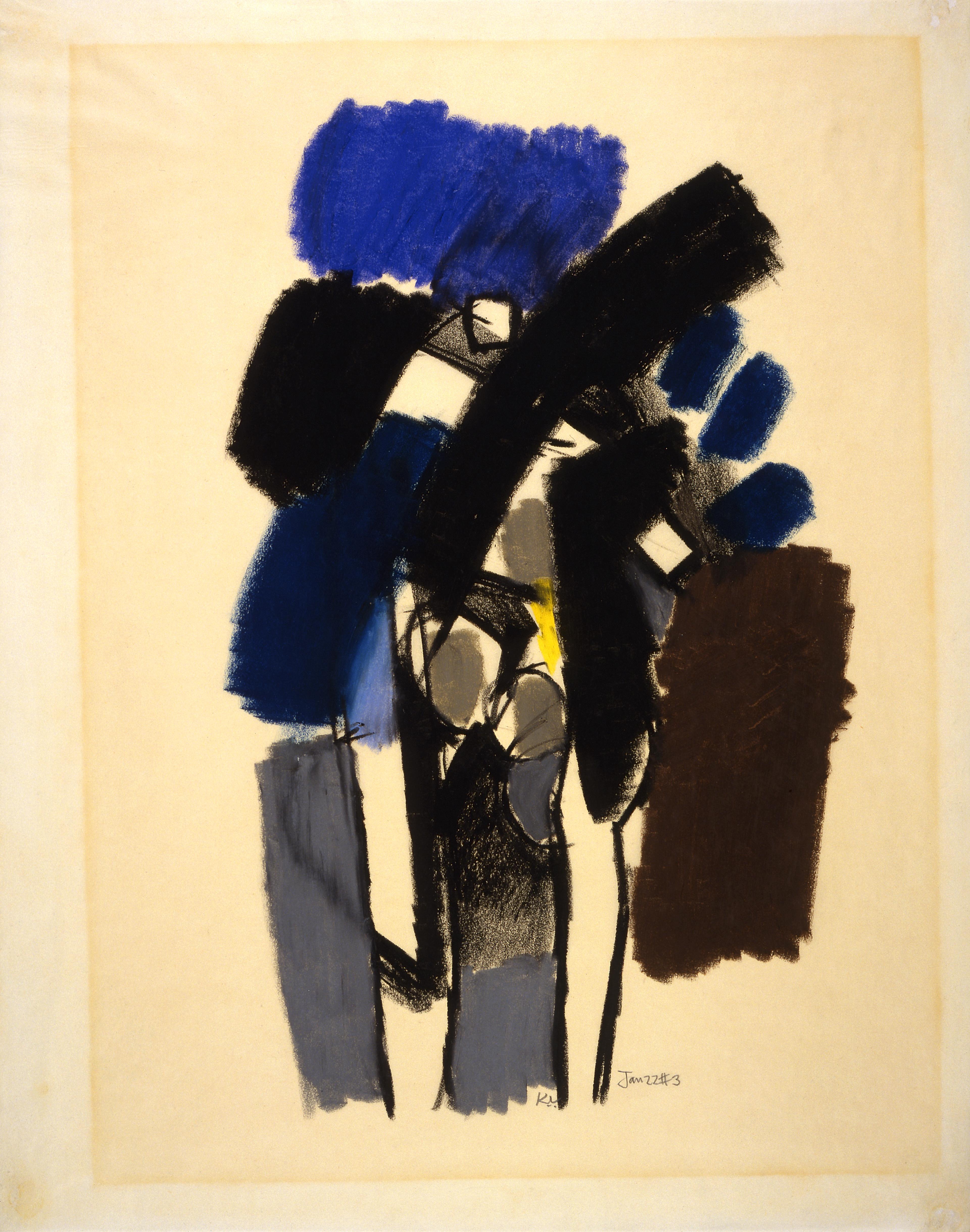
Variation on a Theme 1960 January 3, 1960 / Inv. DE44
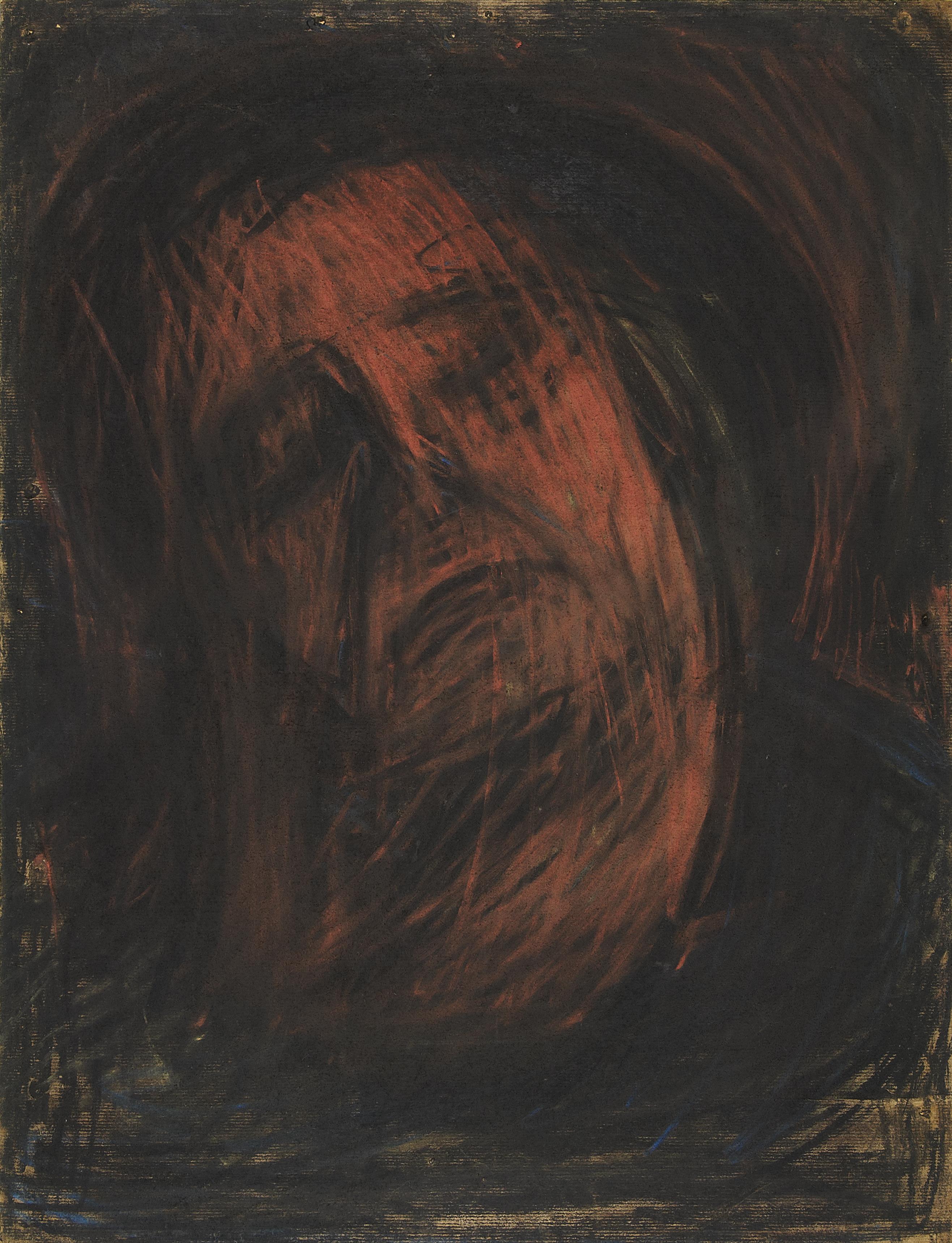
Head of Seedo IV, 1958-1959 / Inv. DE20
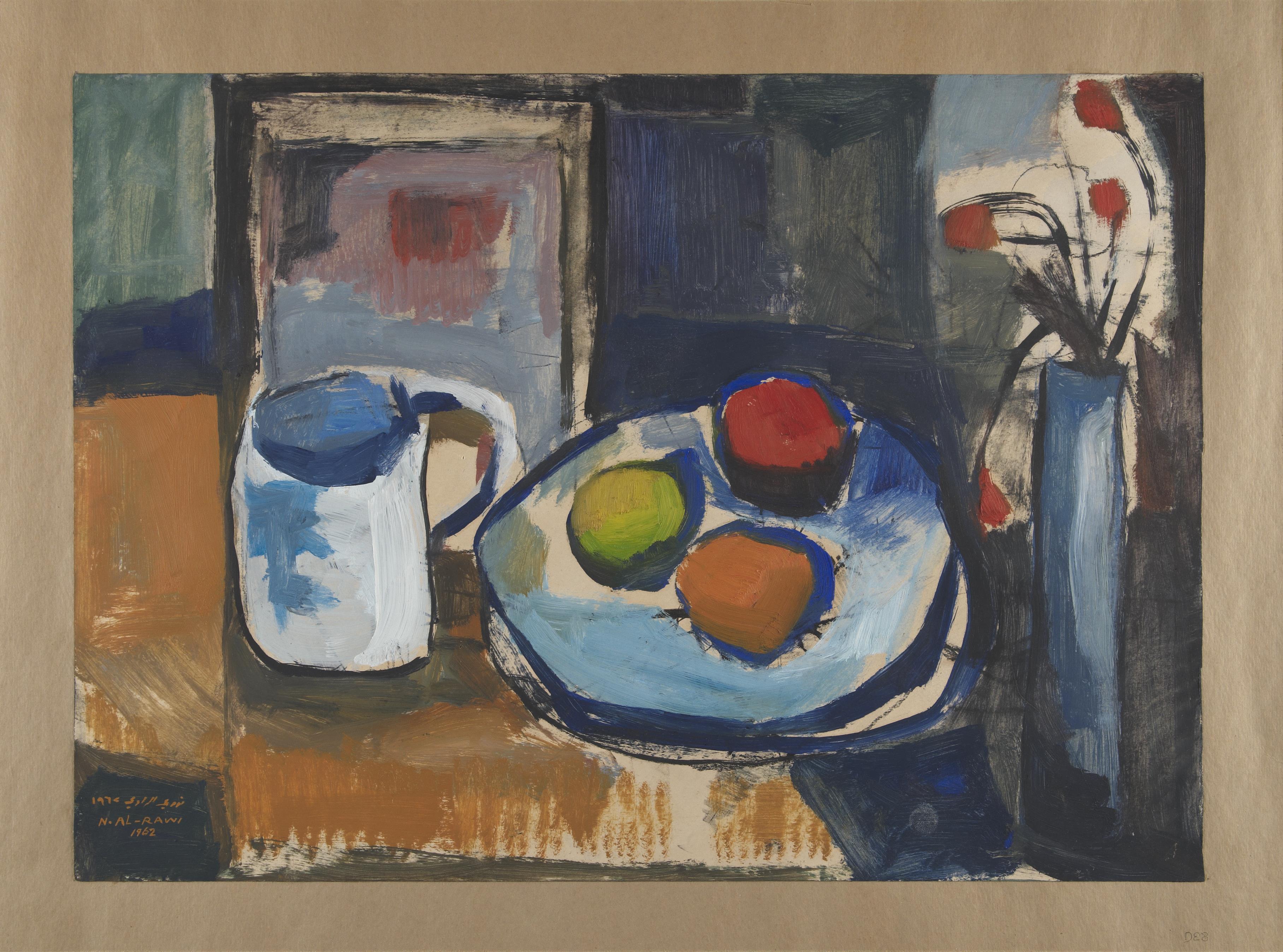
Still Life, 1962 / Inv. DE8
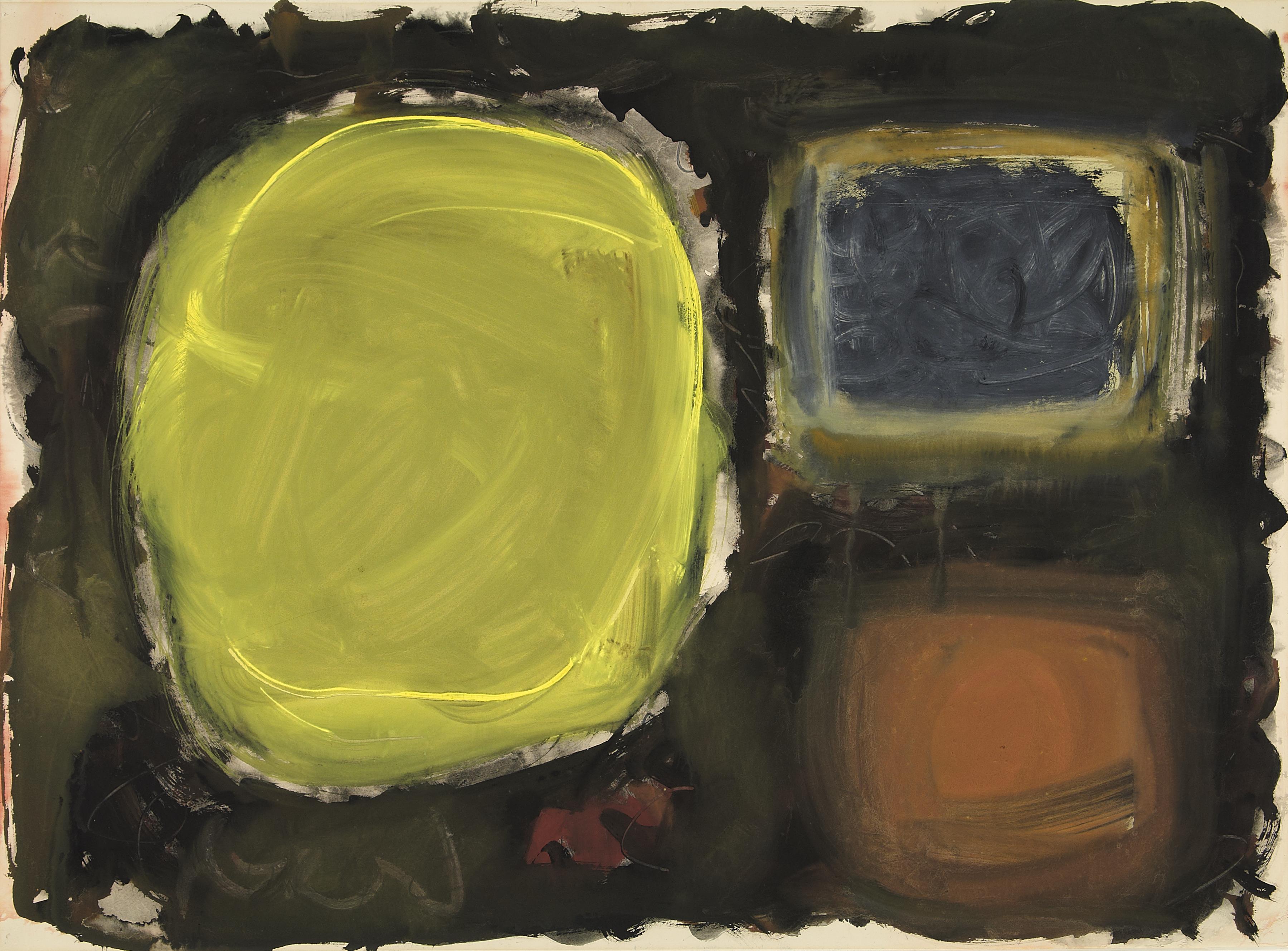
Dirty Lemon, Three Shapes, Inv. DE17
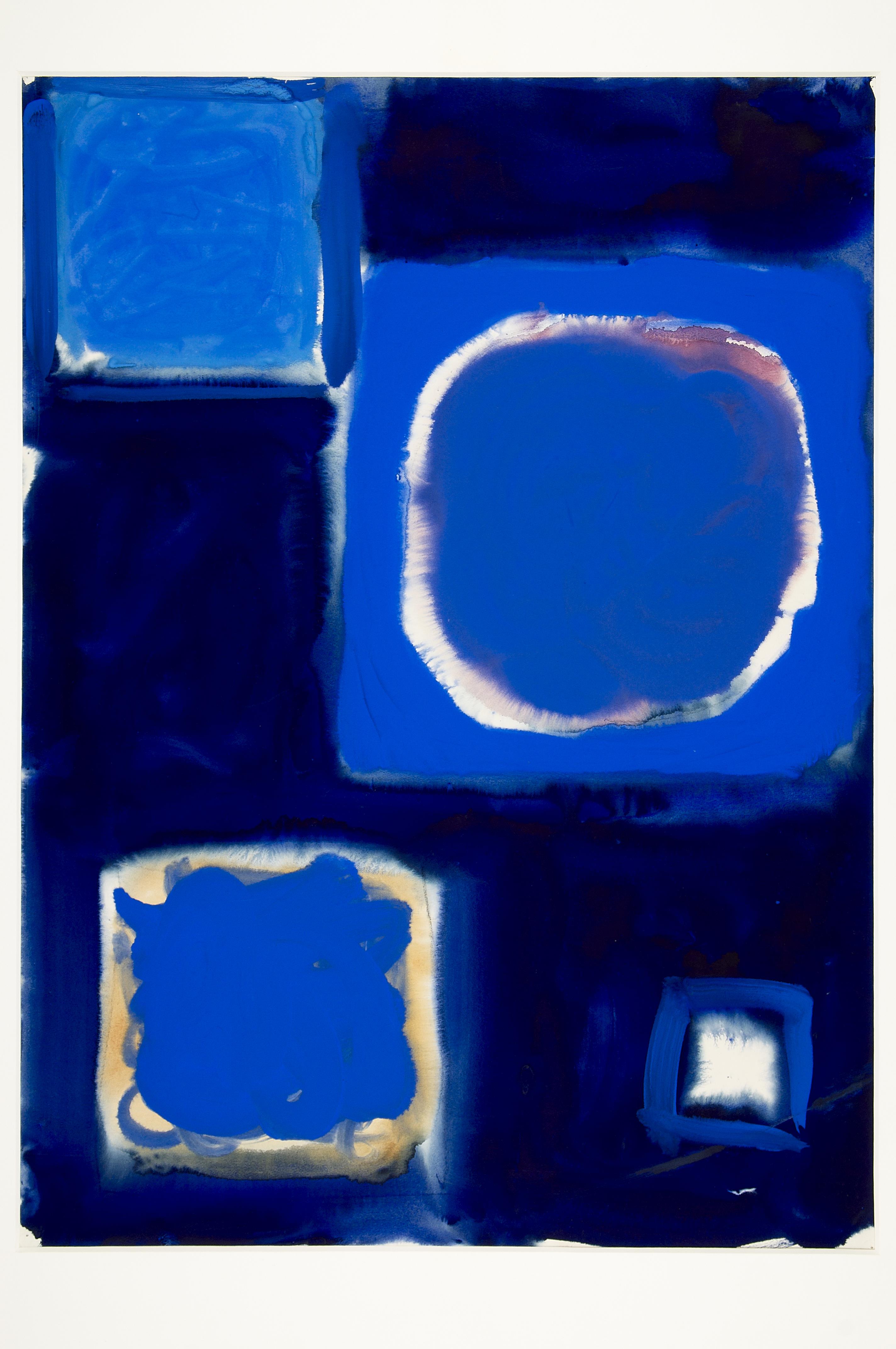
Violet and Blues, Inv. DE16

August 1963 N. 1, 1963-64 / Inv. DE26

August 1963 N. 2, 1963-64 / Inv. DE25
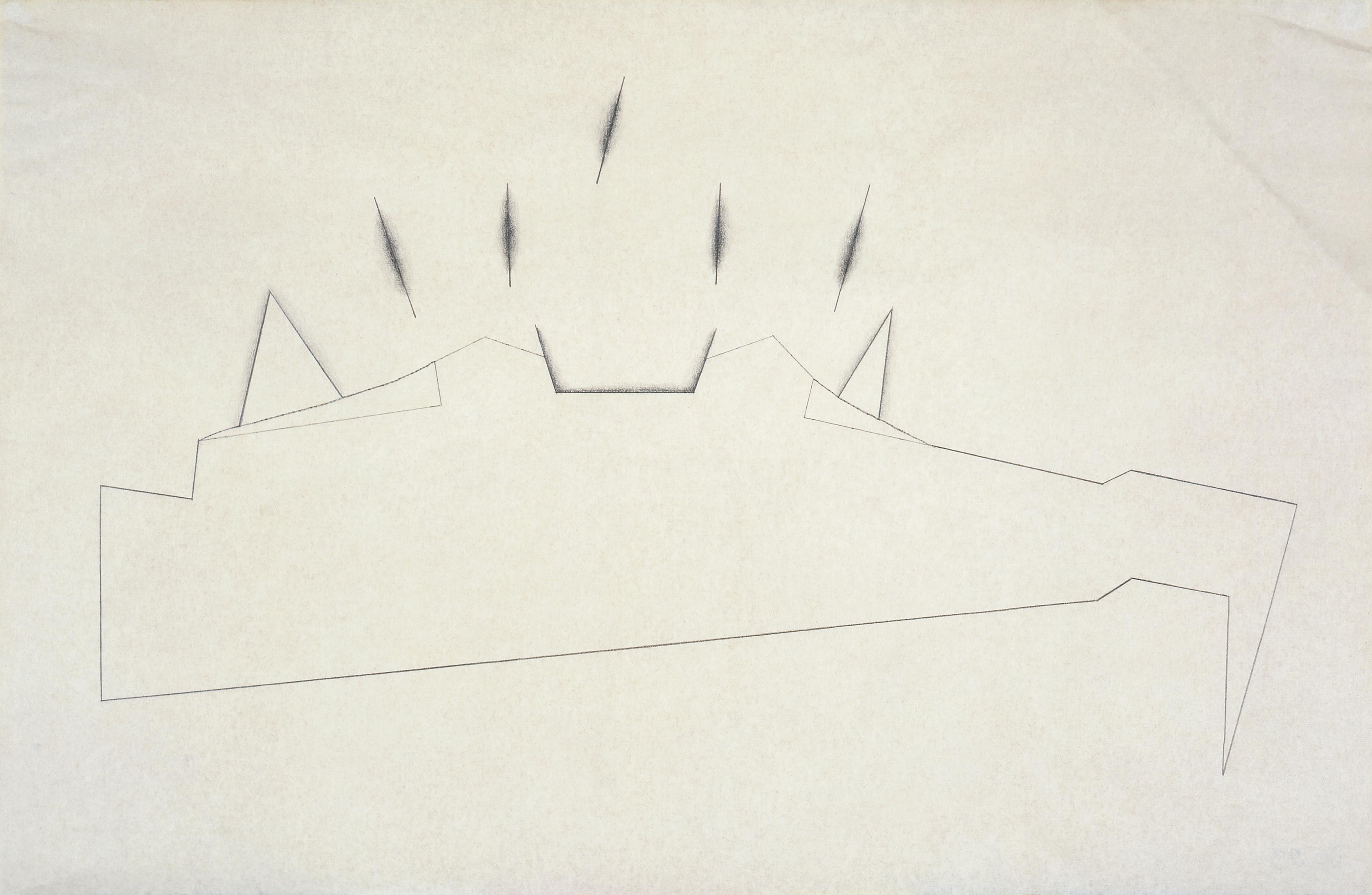
September 1963 N. 1, 1963-64 / Inv. DE23
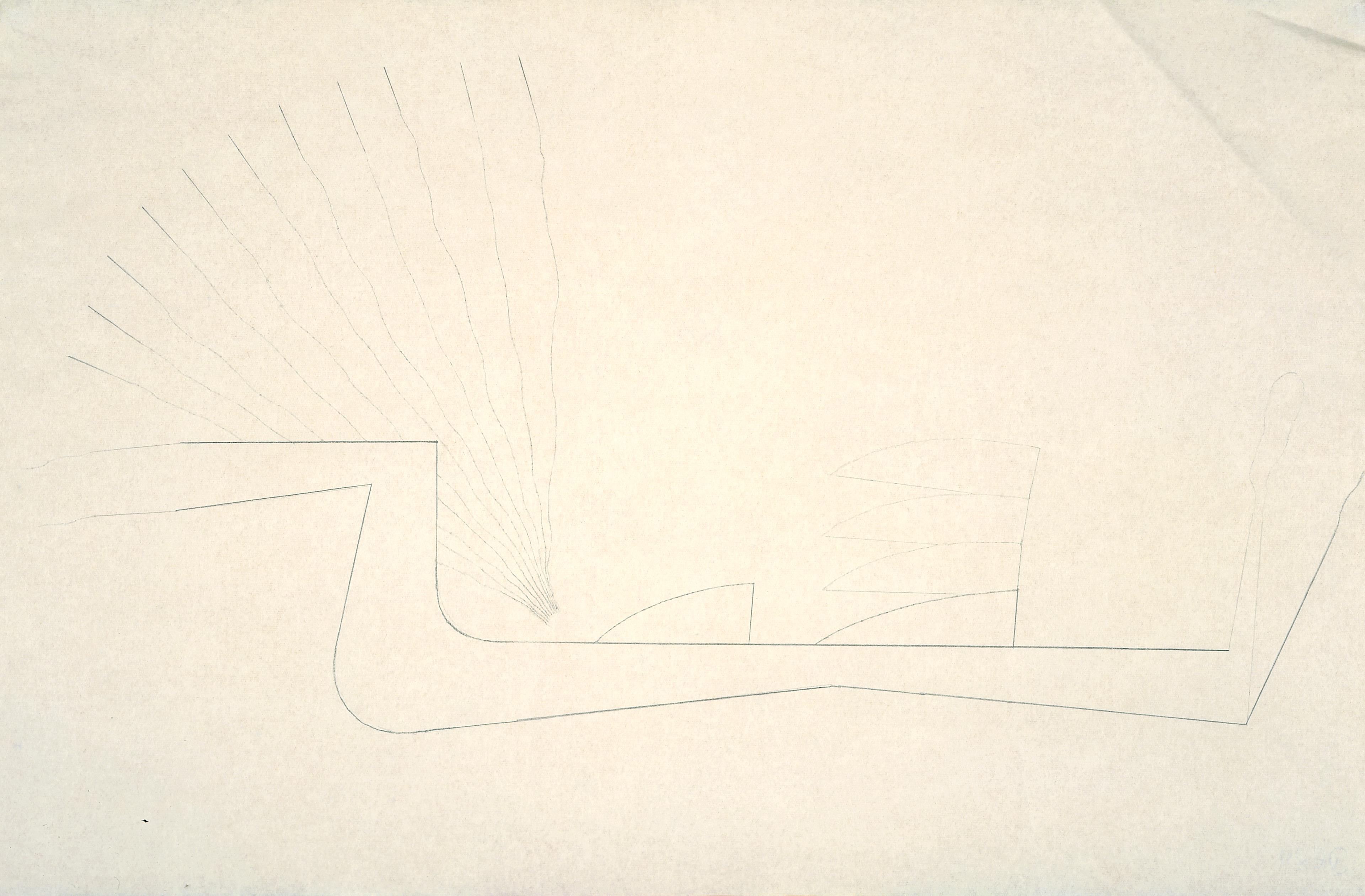
September 1963 N. 2, 1963-64 / Inv. DE24
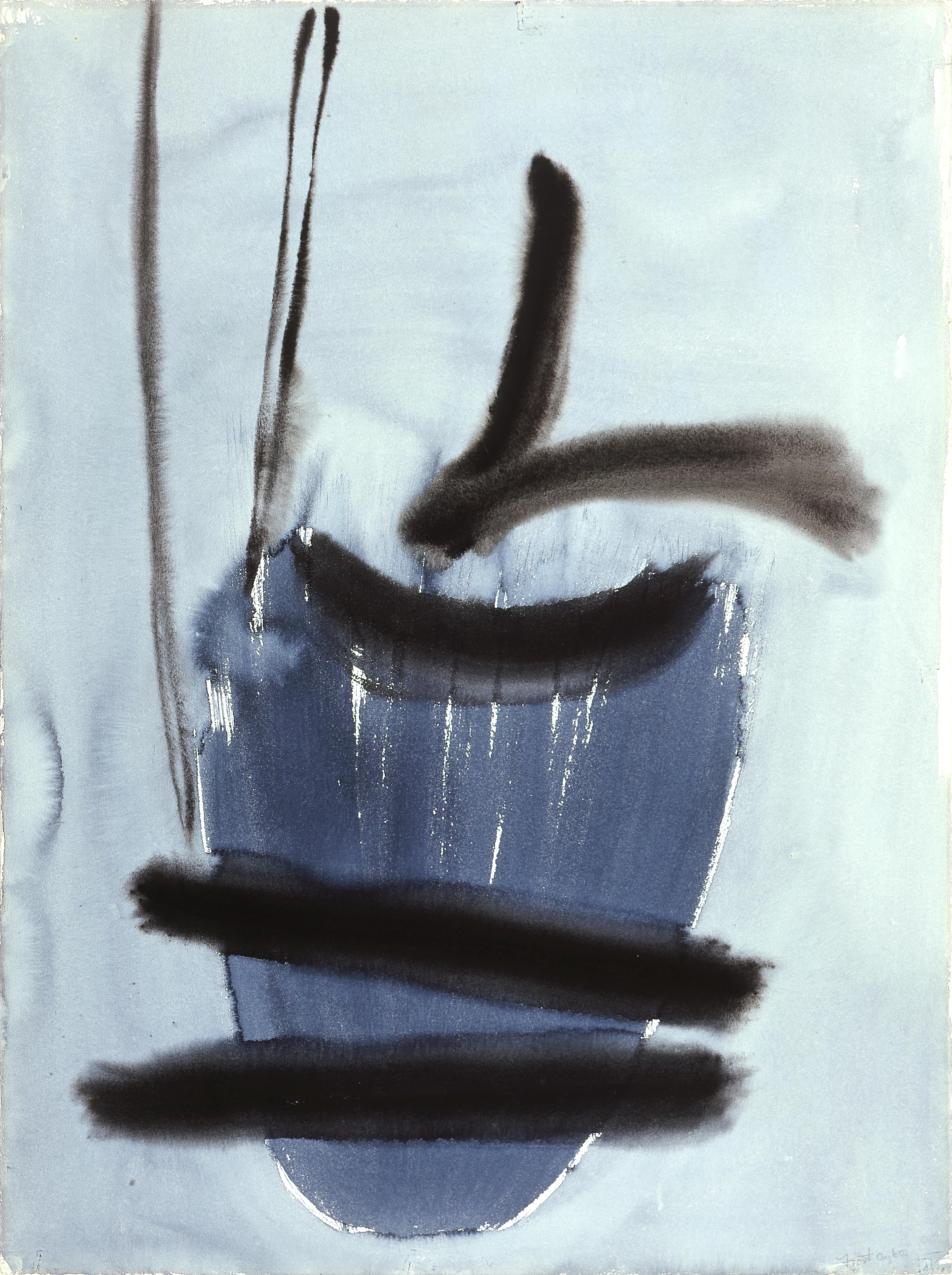
Blue Grey Movement, Inv. DE142

White Figure, Inv. DE18
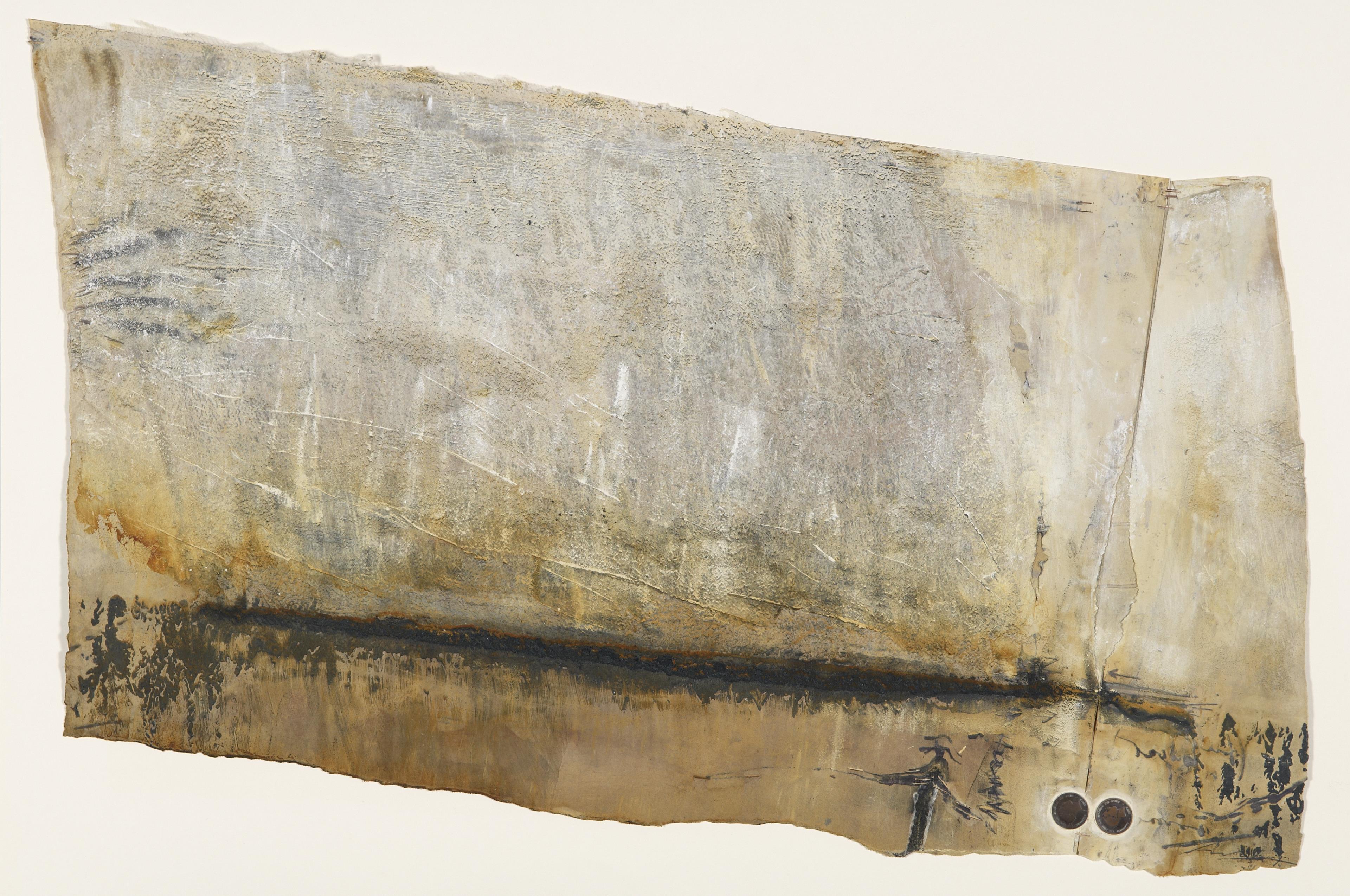
Münzdünung, 1988 / Inv. DE9
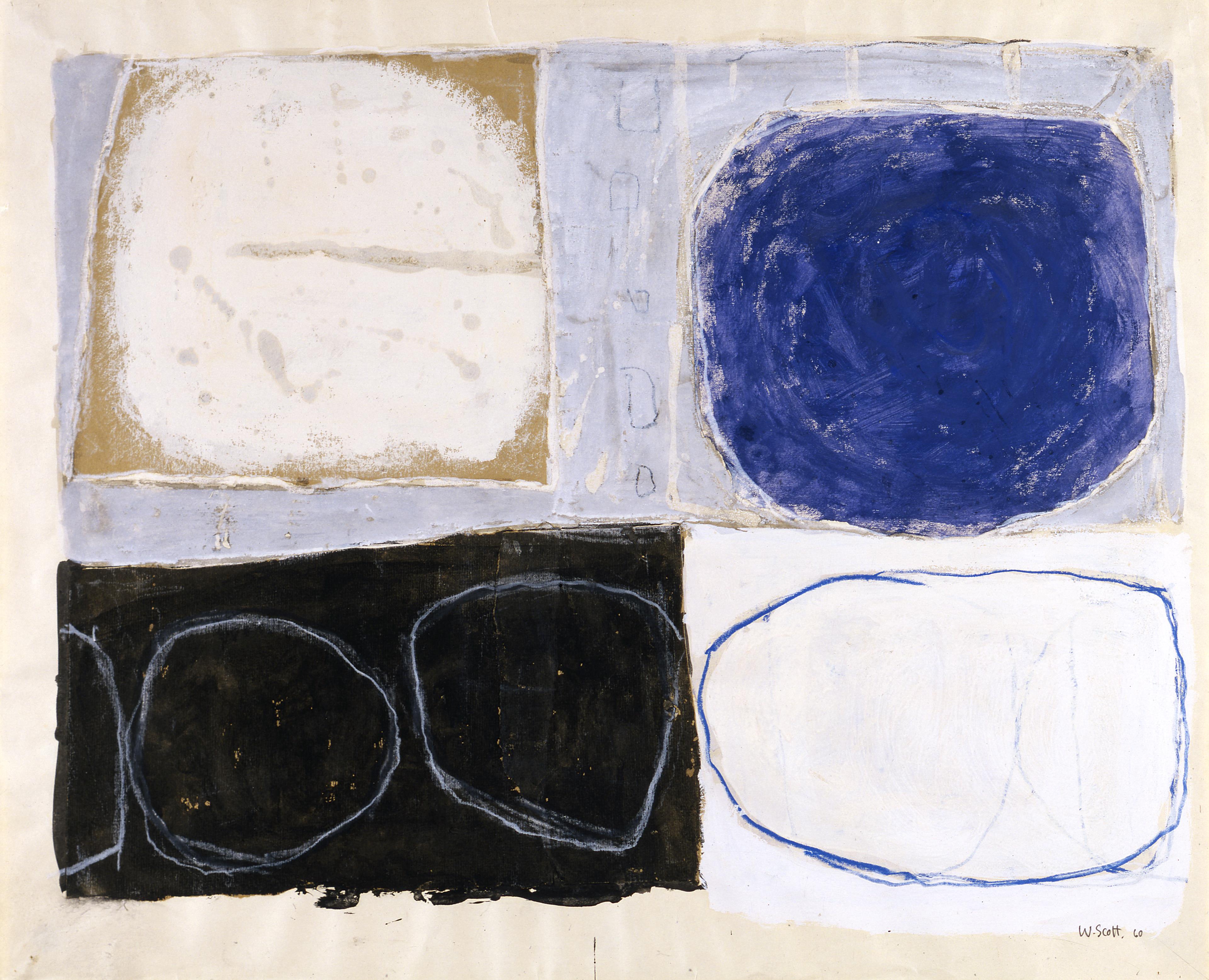
Blue Circle, Inv. DE27
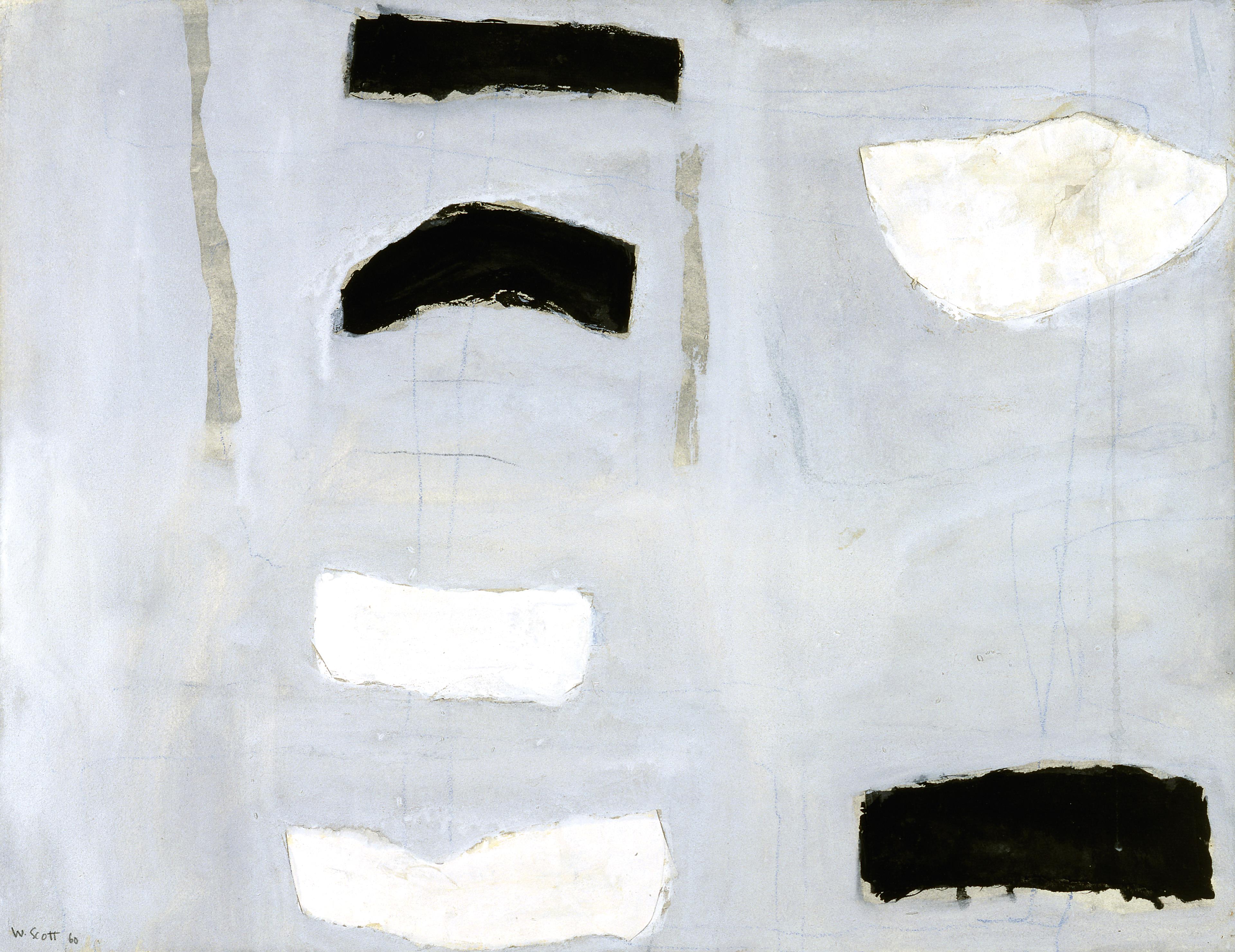
Composition with Collage - Black and White Shapes, Inv. DE29
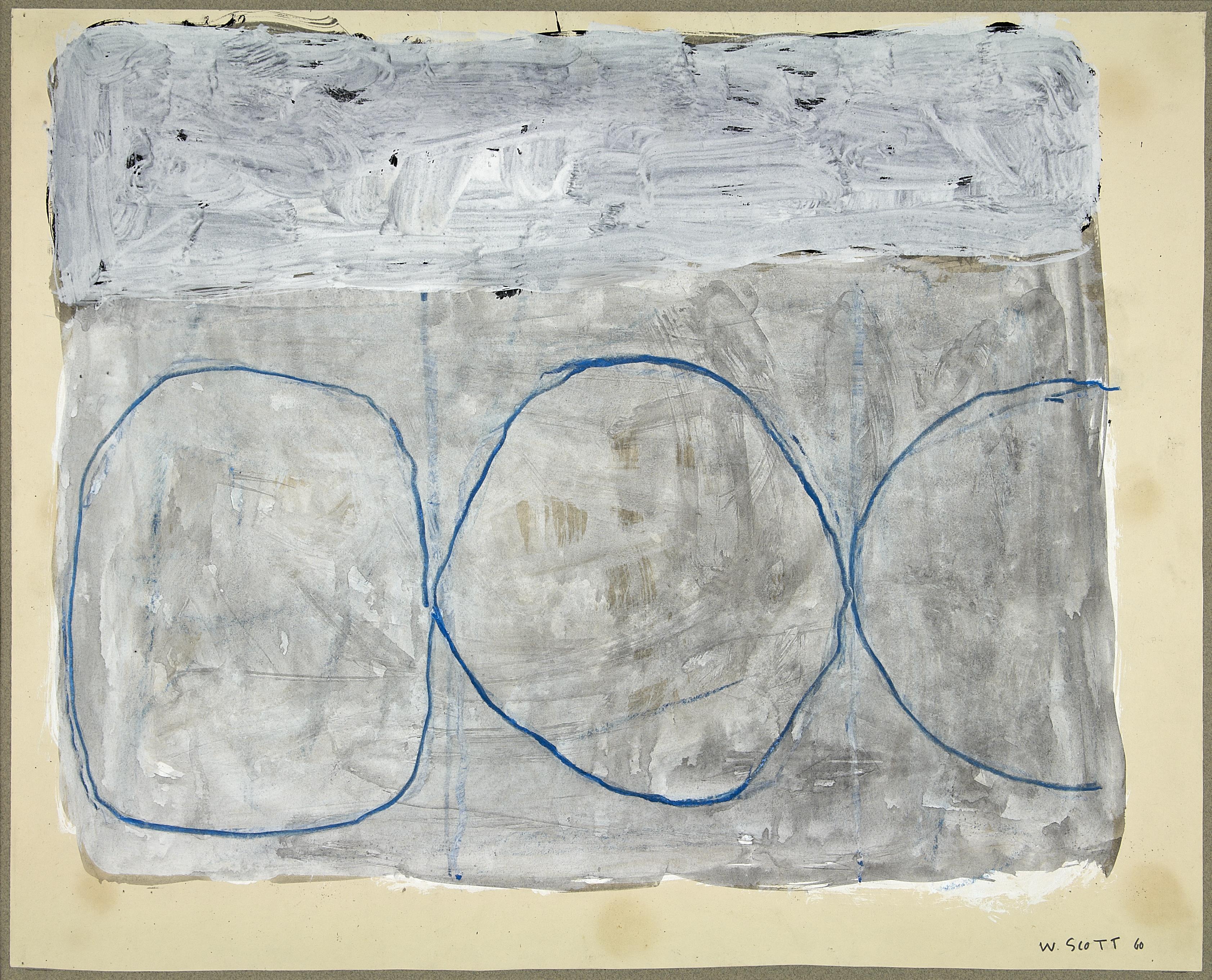
Three Circles, Inv. DE28

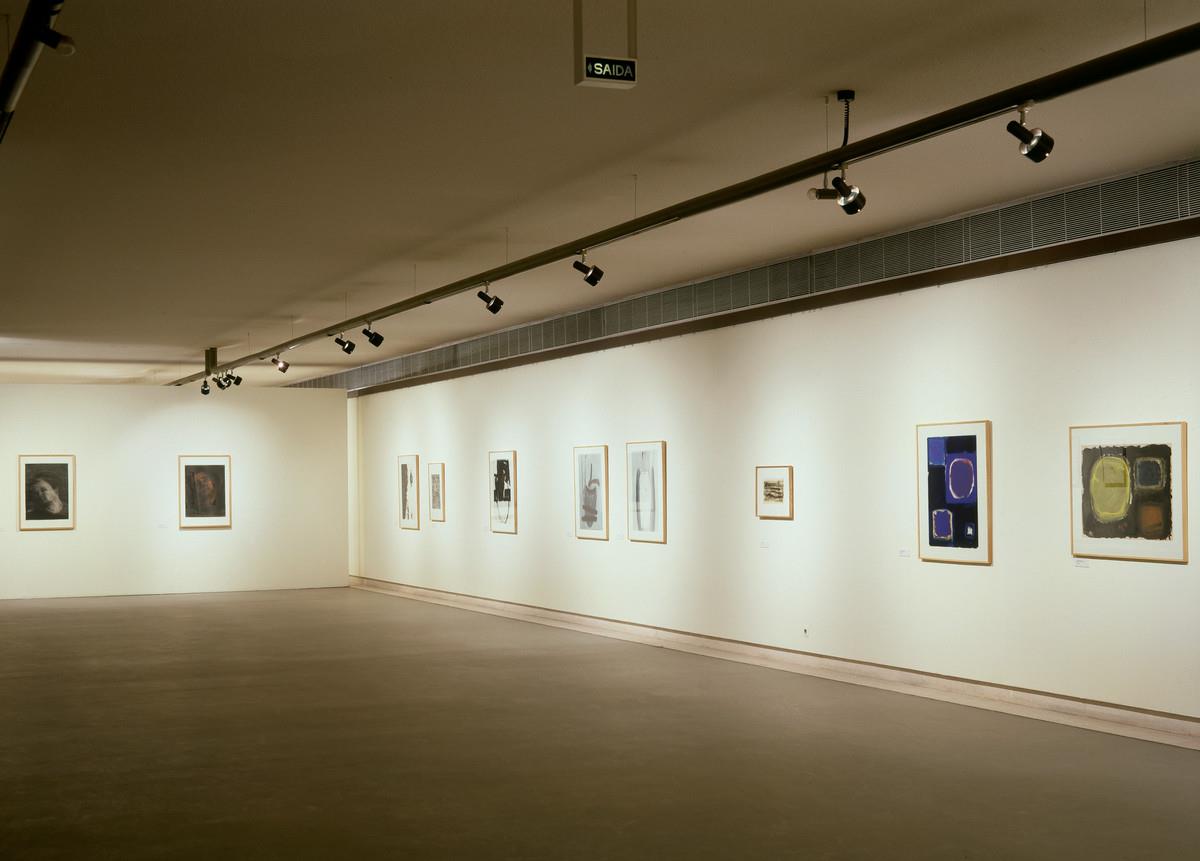
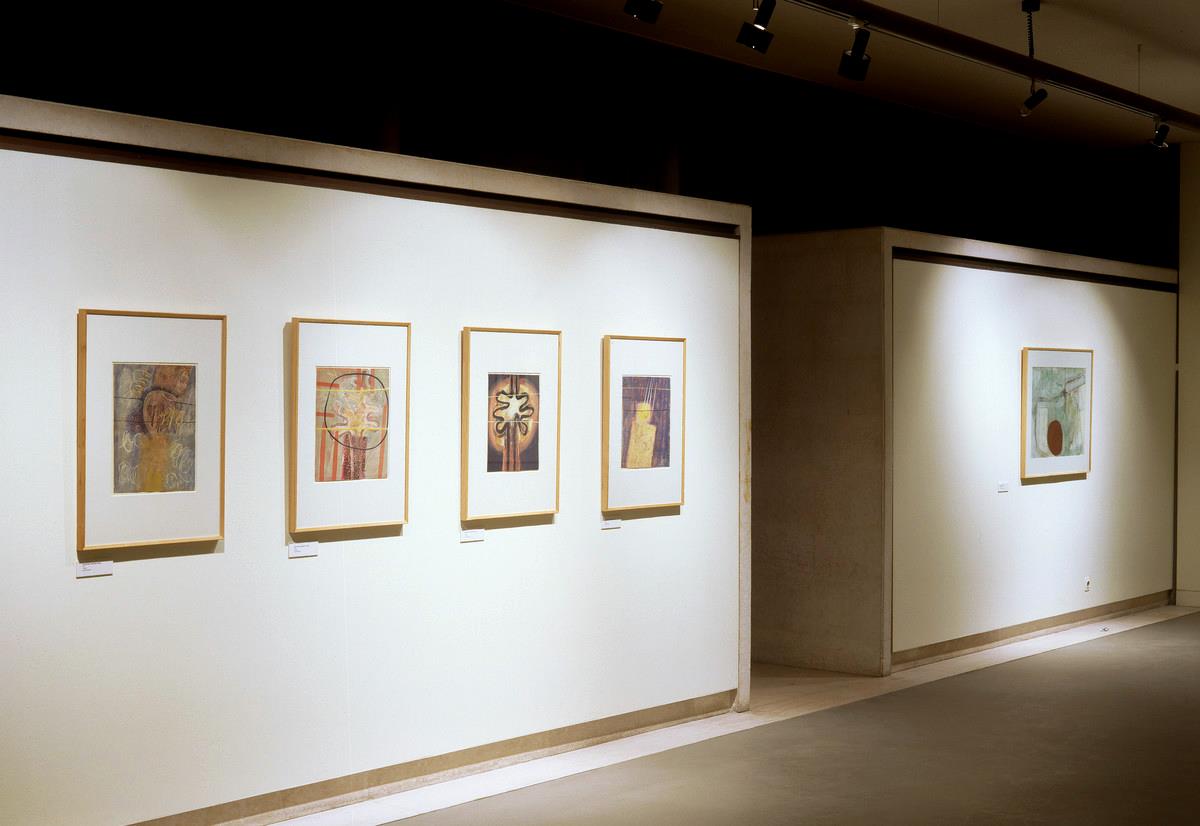

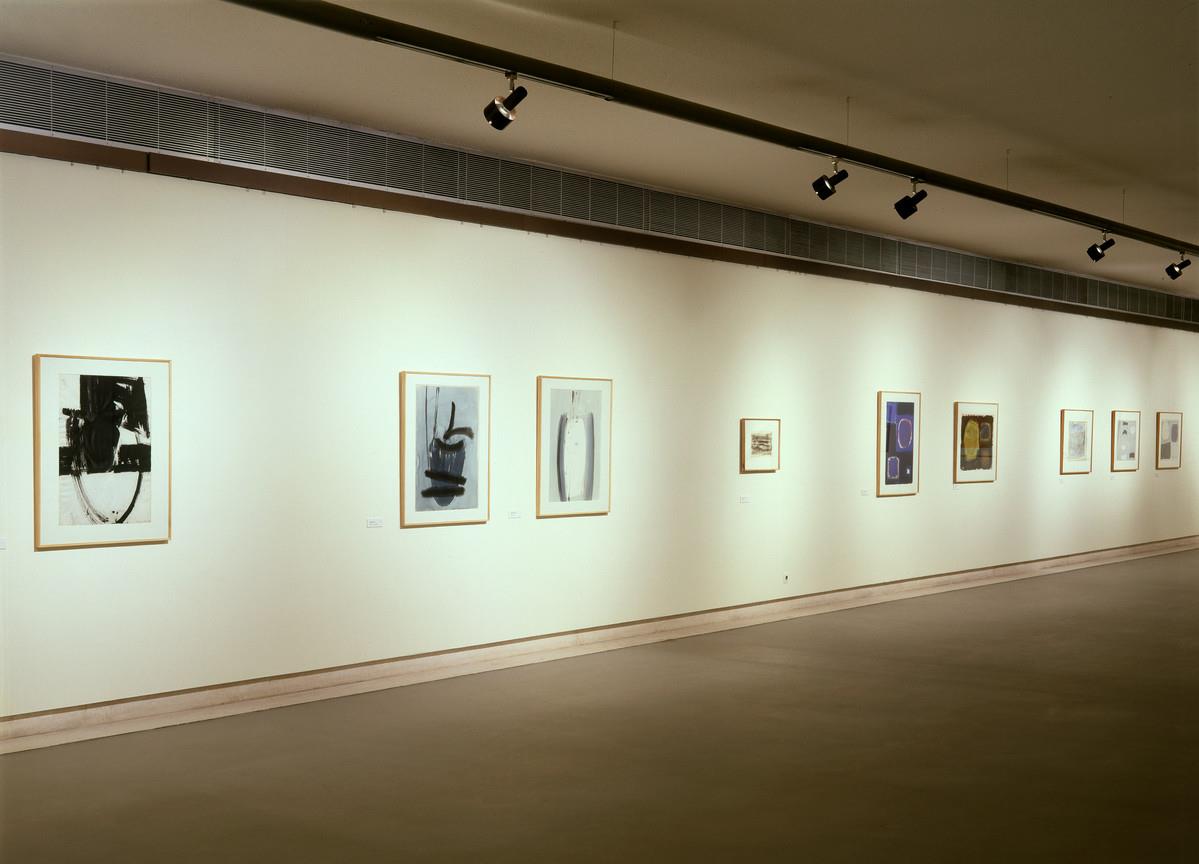





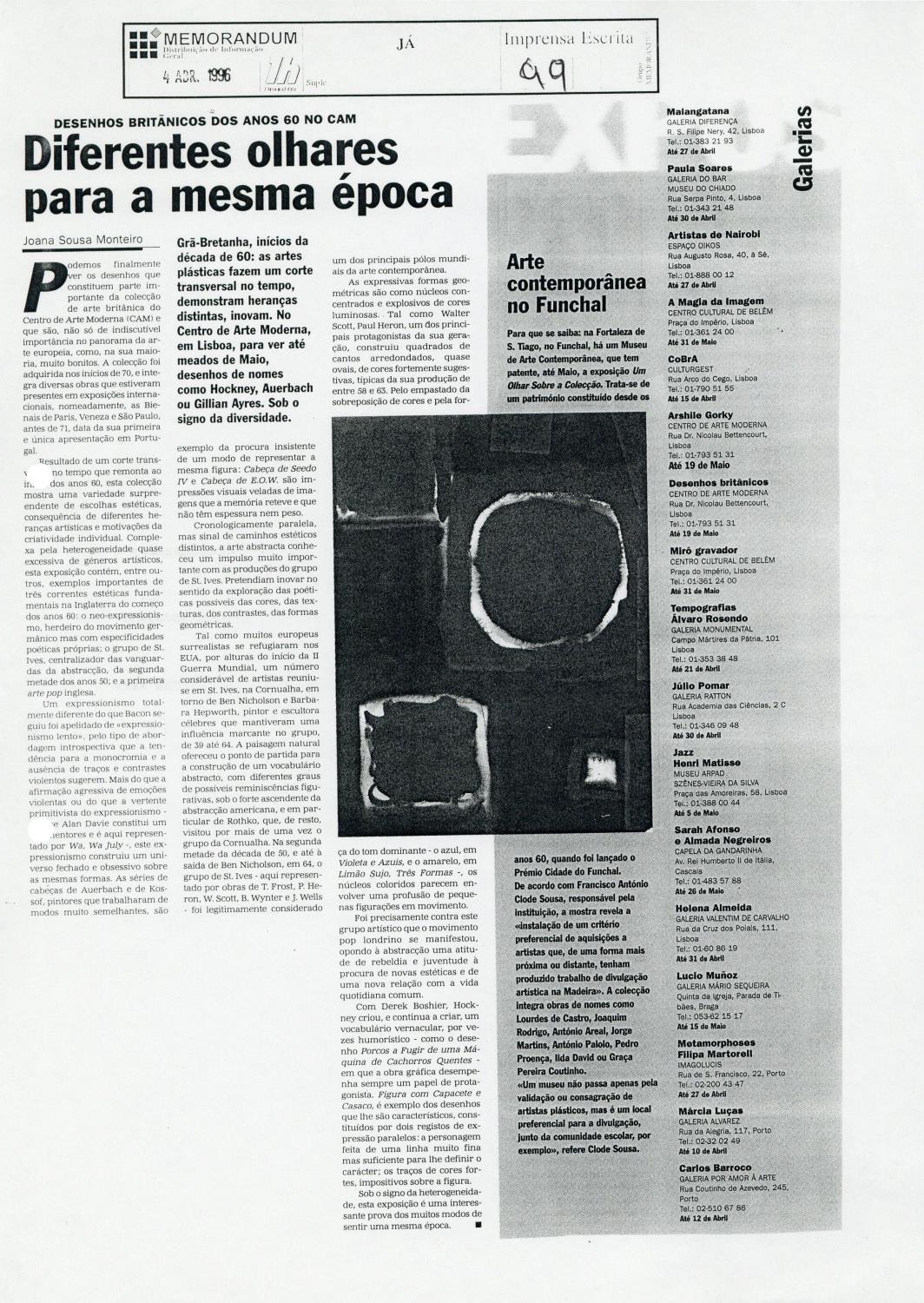
Lisboa, 4 abr 1996
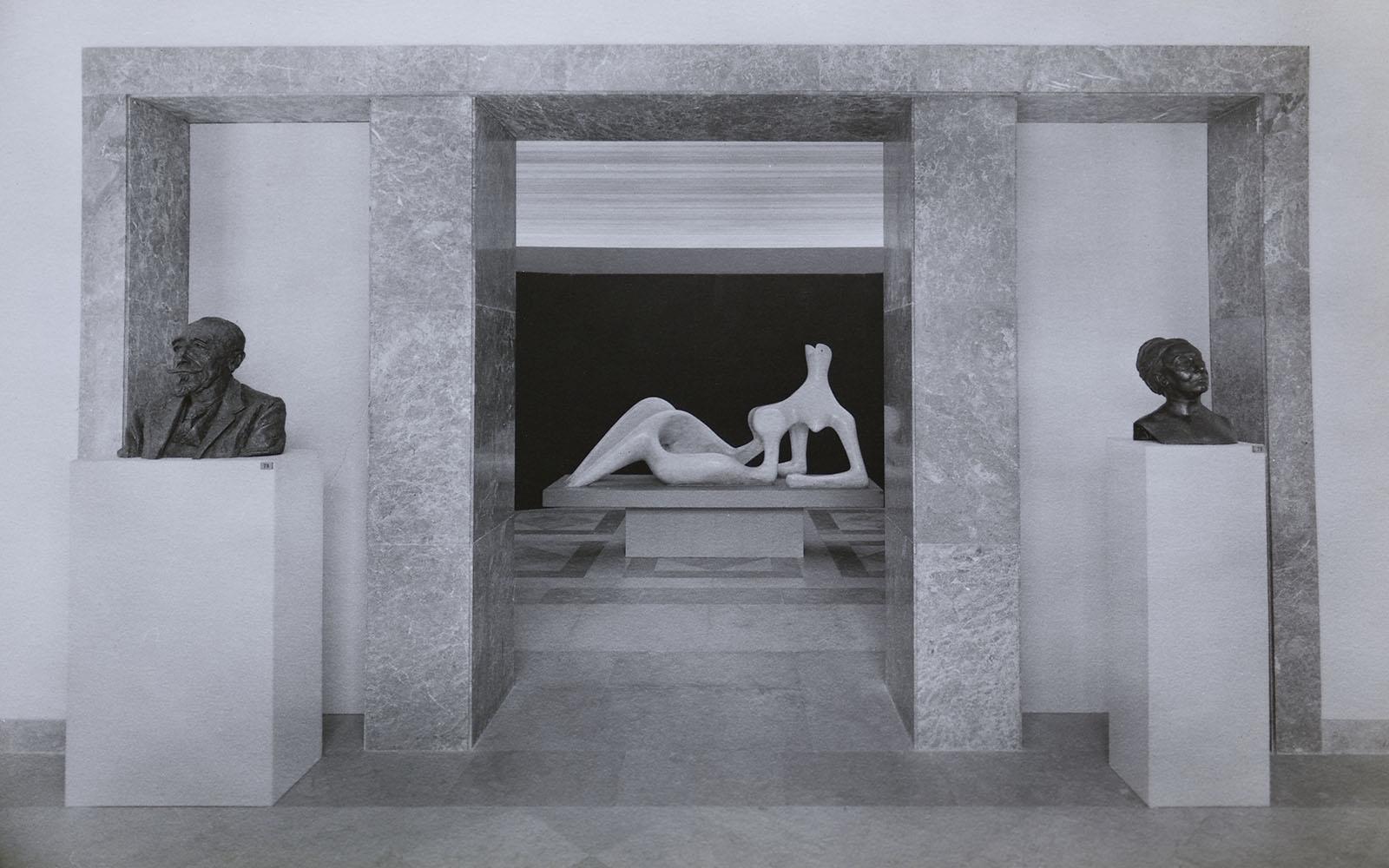
1962 / Itinerância Portugal
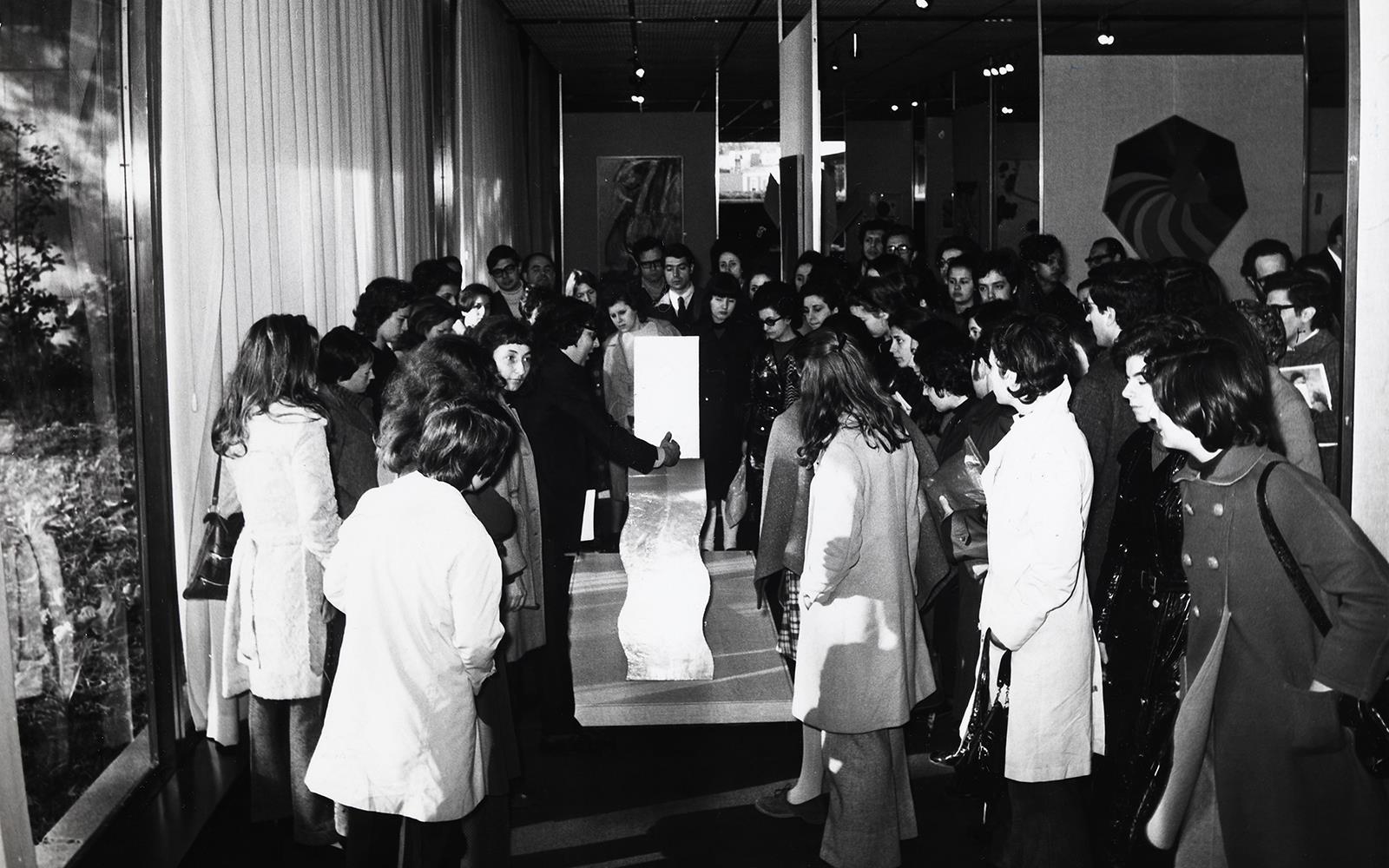
1971 / Itinerância Portugal
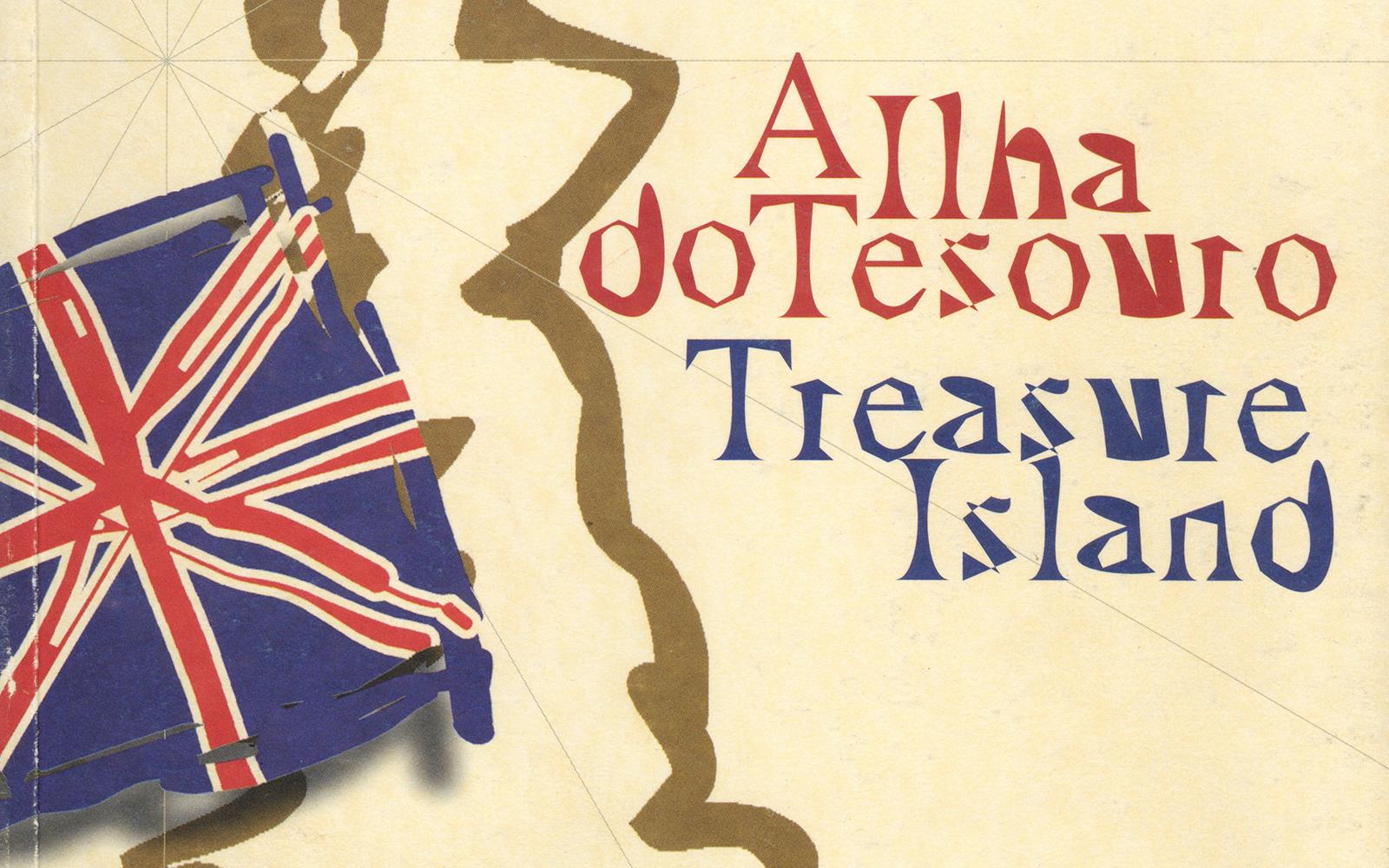
1997 / Centro de Arte Moderna, Lisboa
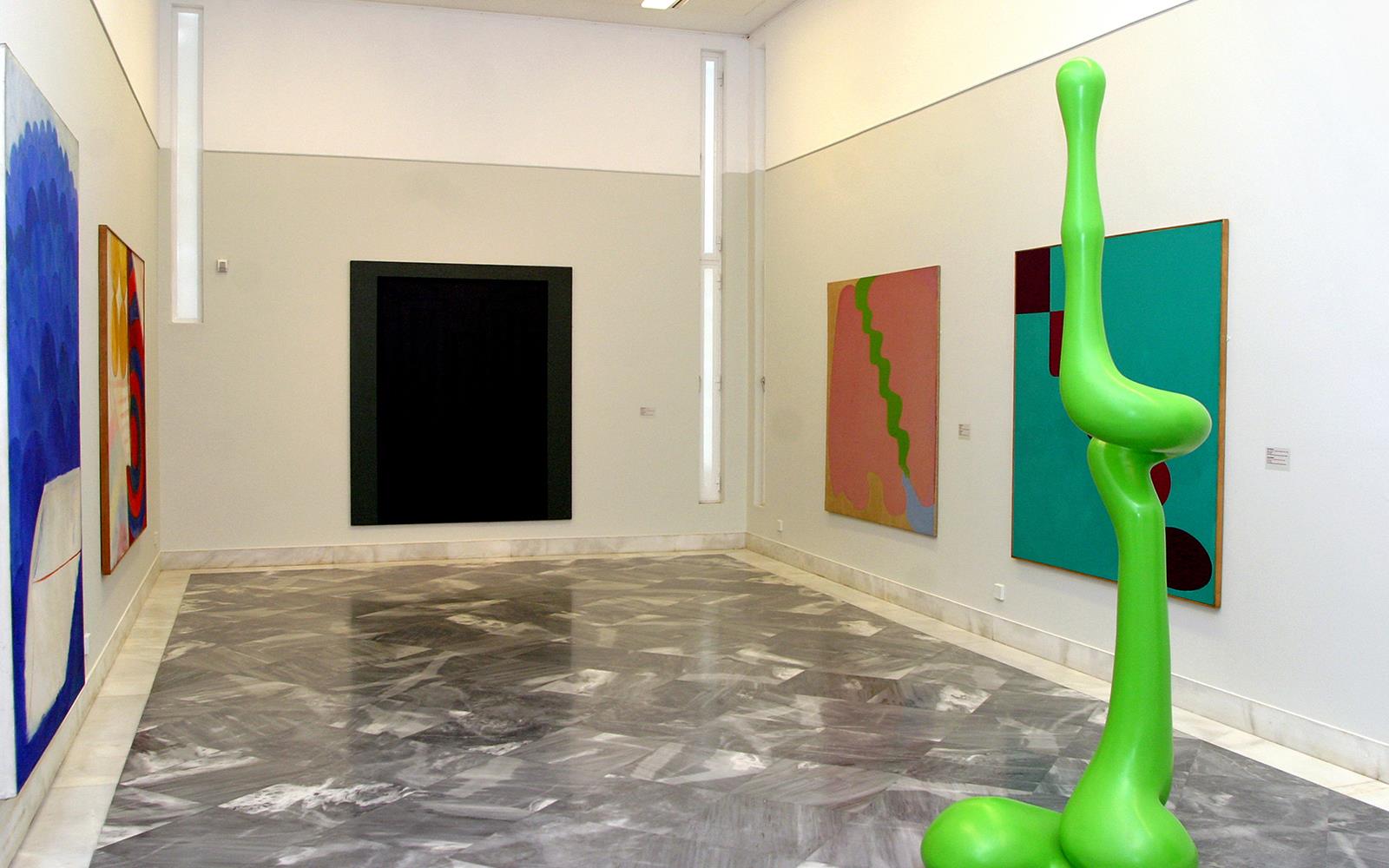
2005 / Basil & Elise Goulandris Foundation, Andros
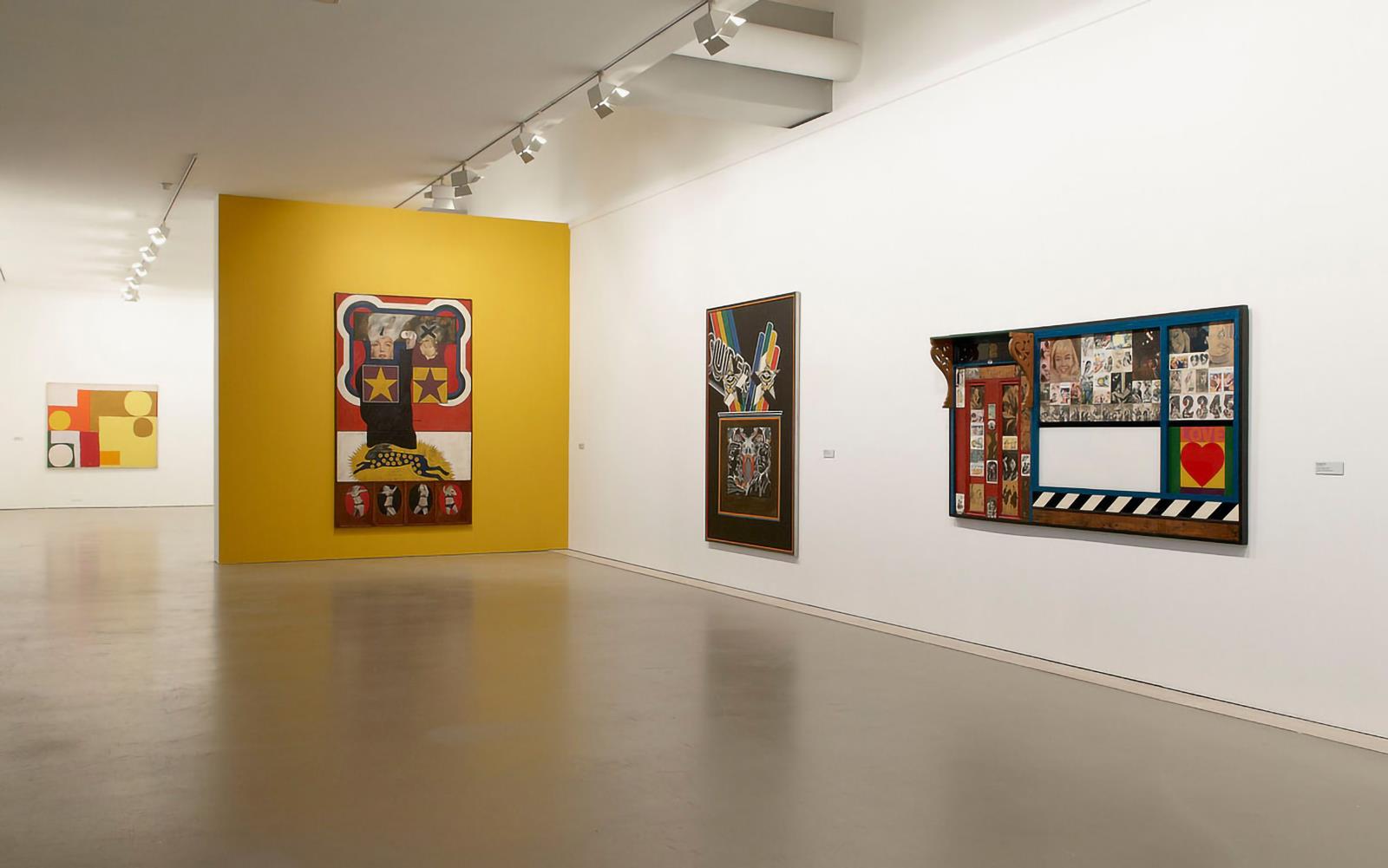
2010 / Centro de Arte Moderna, Lisboa
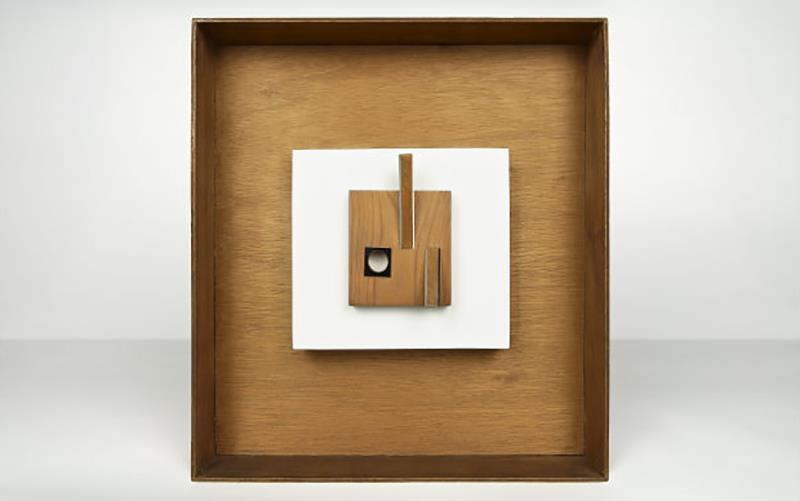
2002 / Centro de Arte Moderna, Lisboa

2009 / Centro de Arte Moderna, Lisboa

2002 / Casa da Cerca-Centro de Arte Contemporânea, Almada
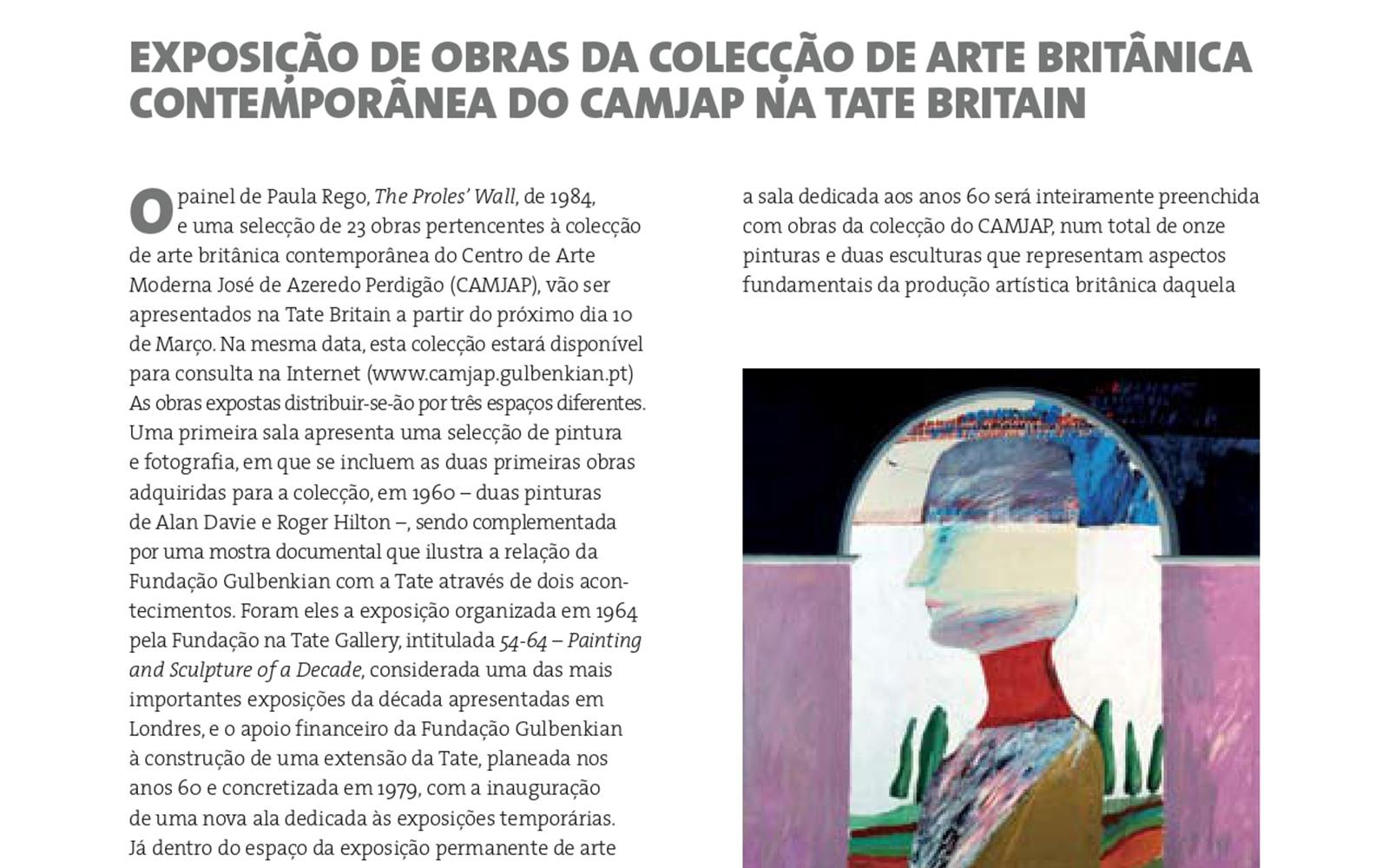
2006 – 2007 / Tate Britain, Londres
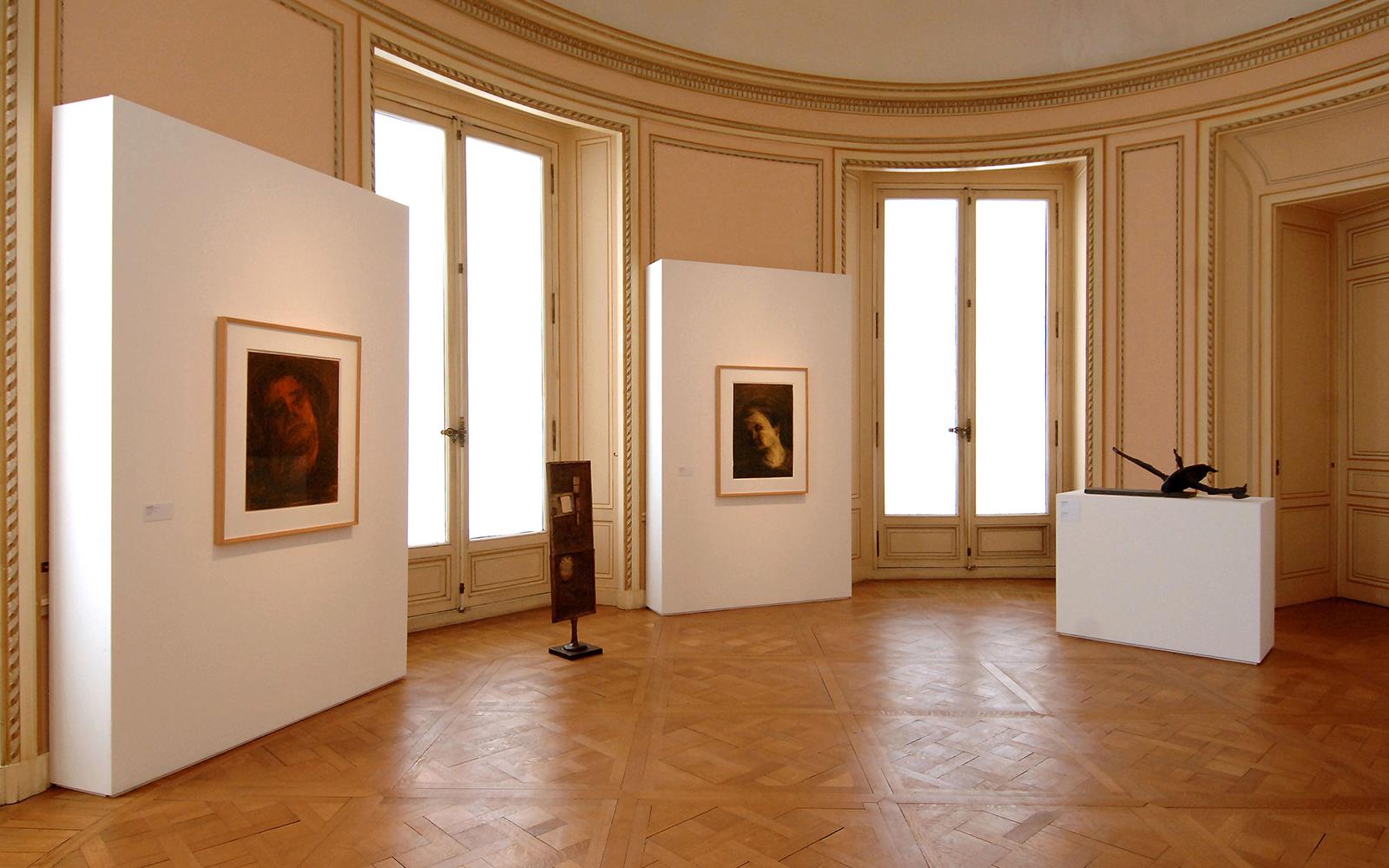
2010 / Centre Culturel Calouste Gulbenkian, Paris